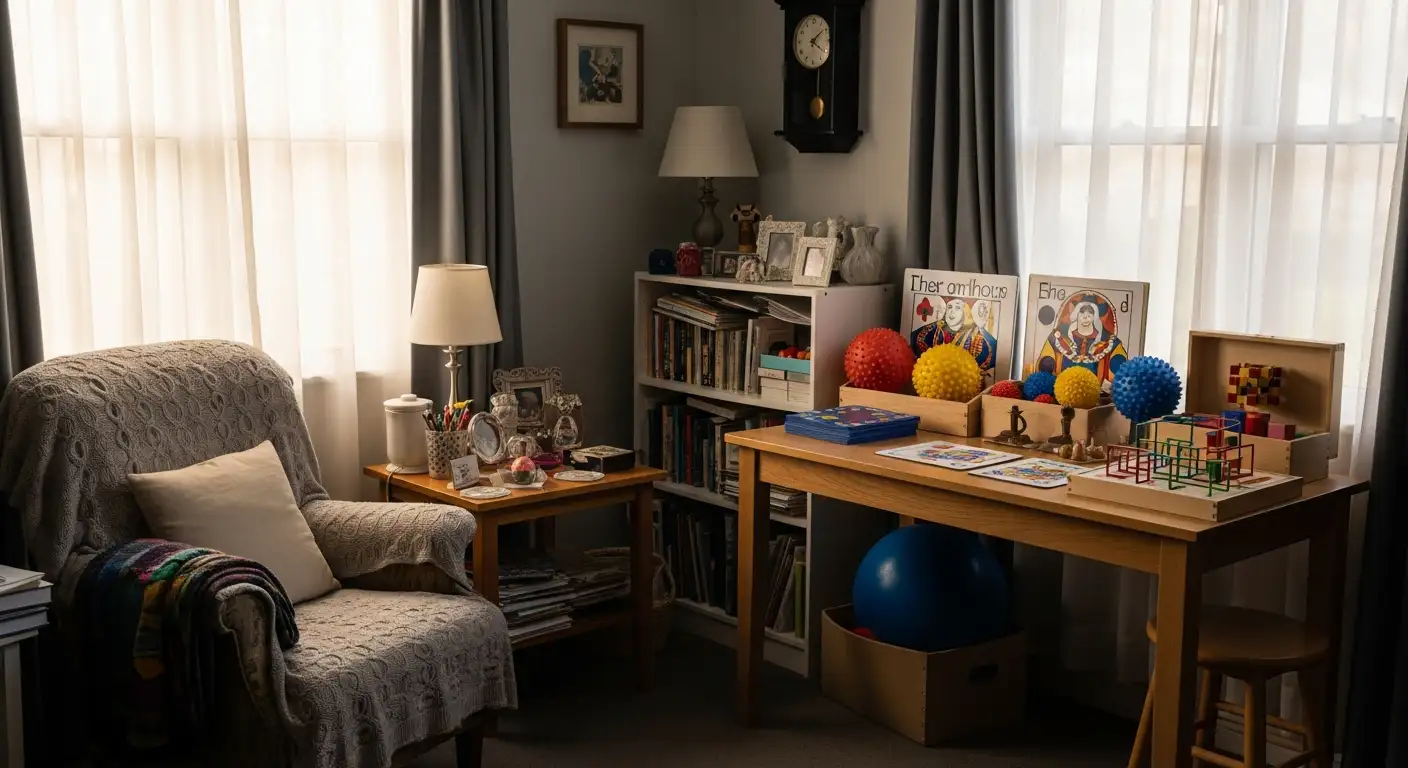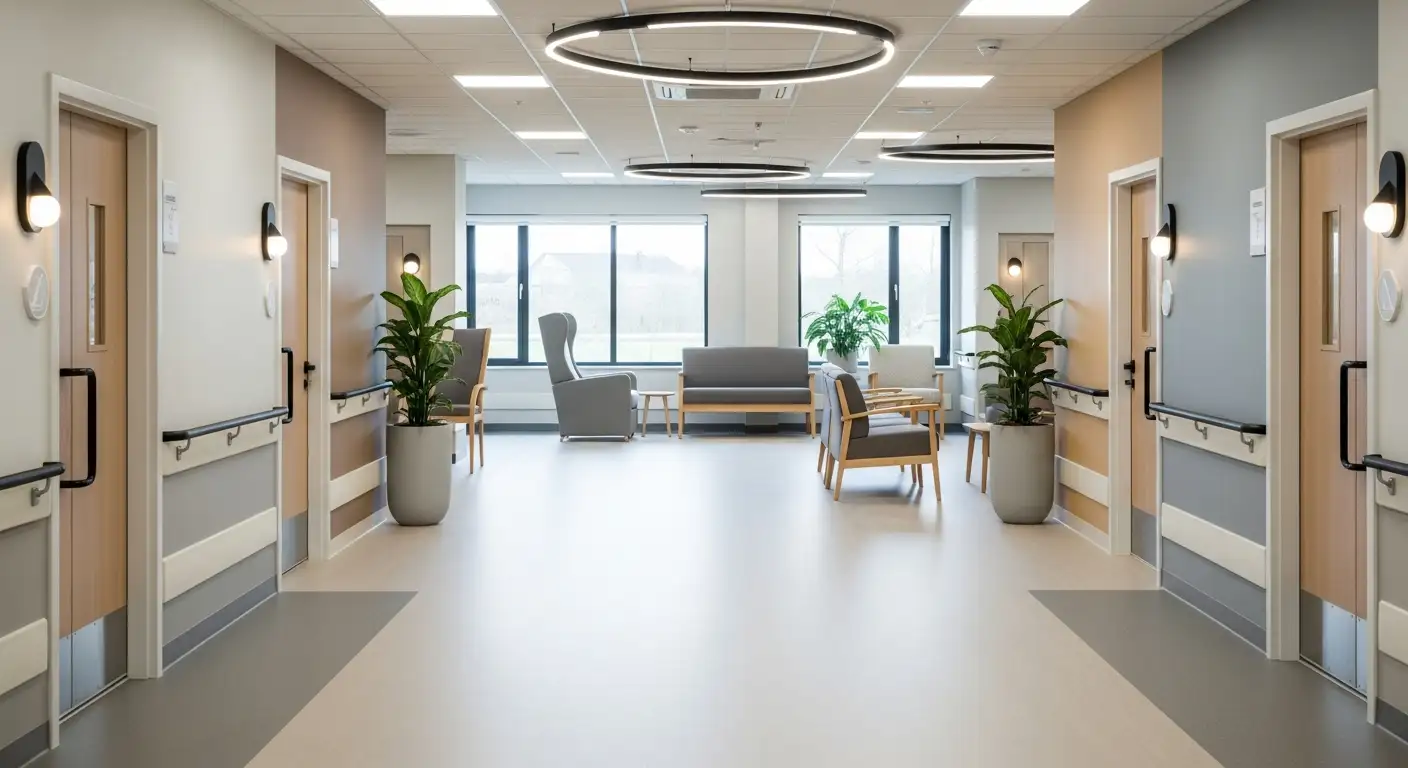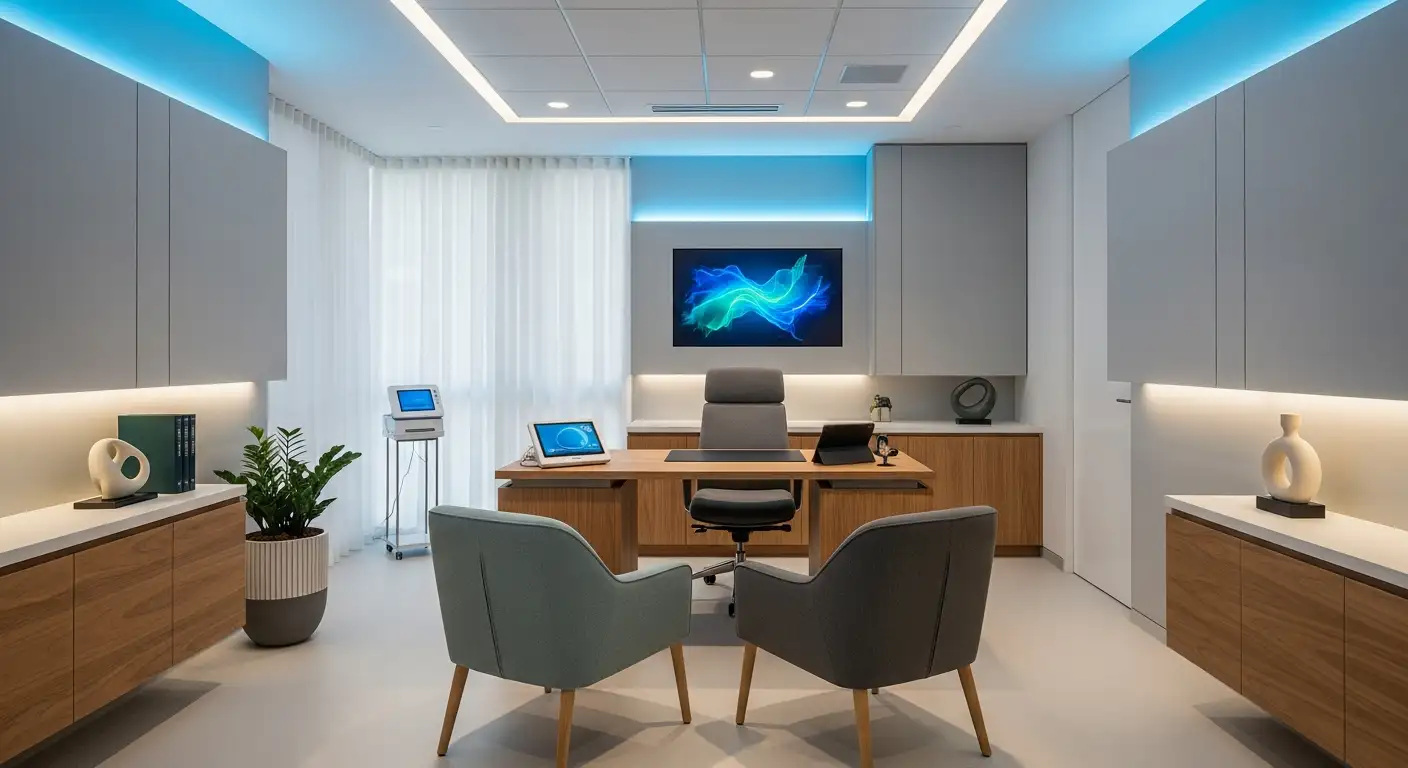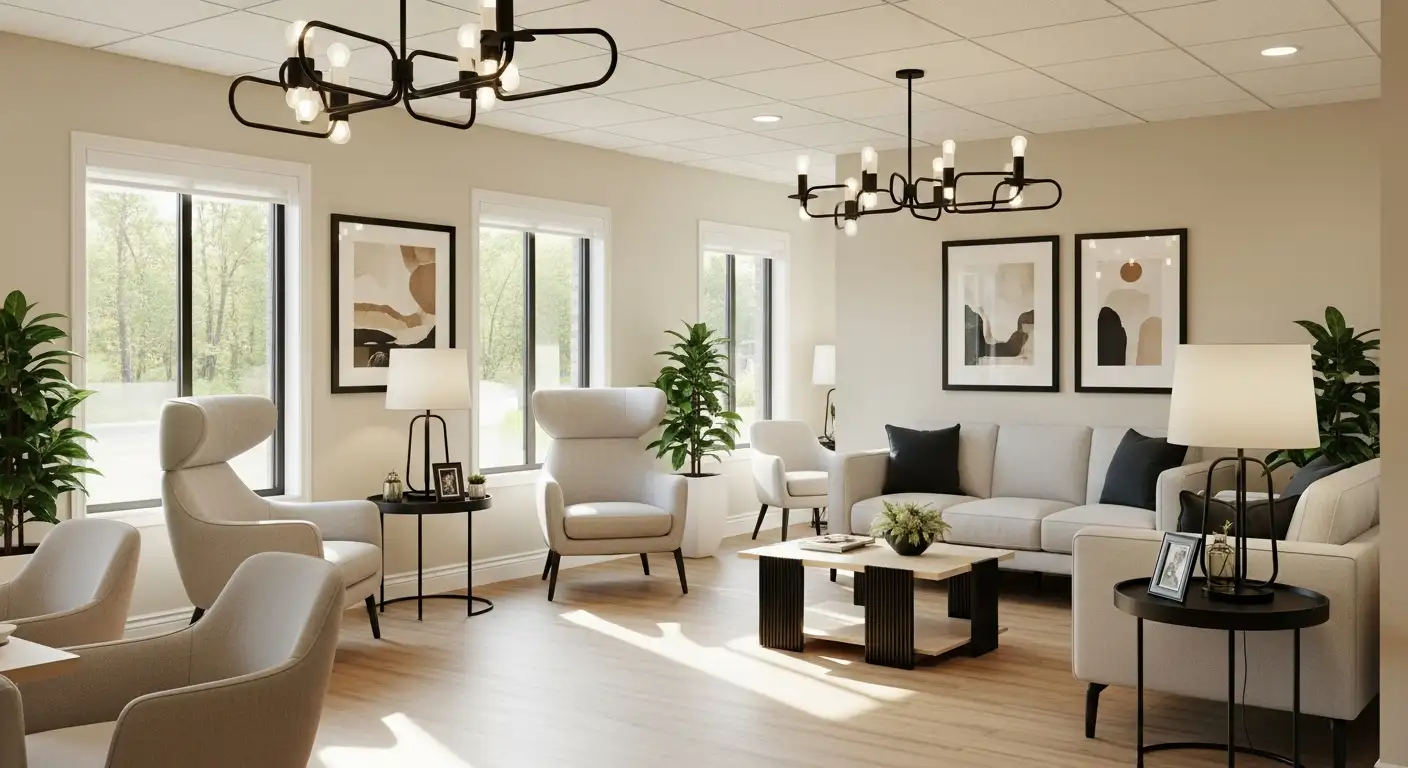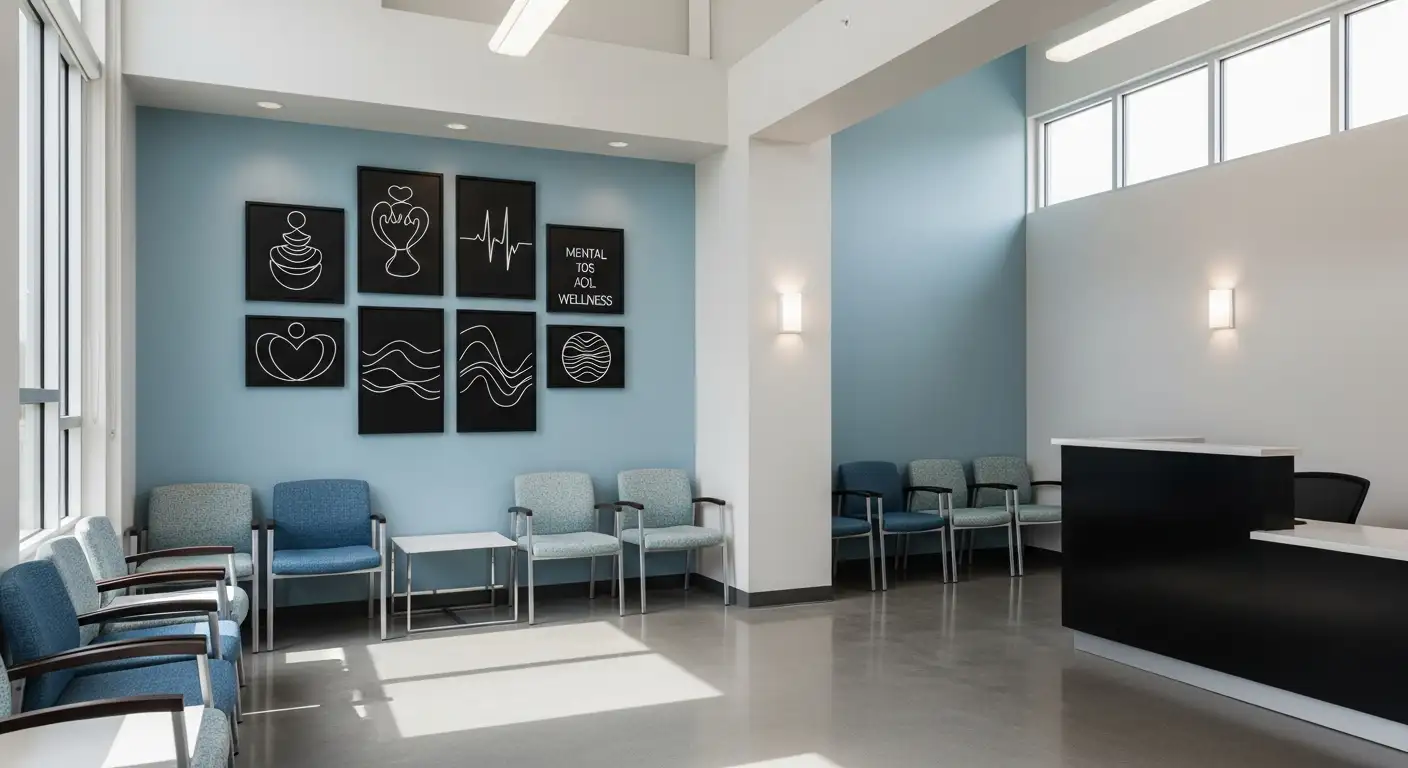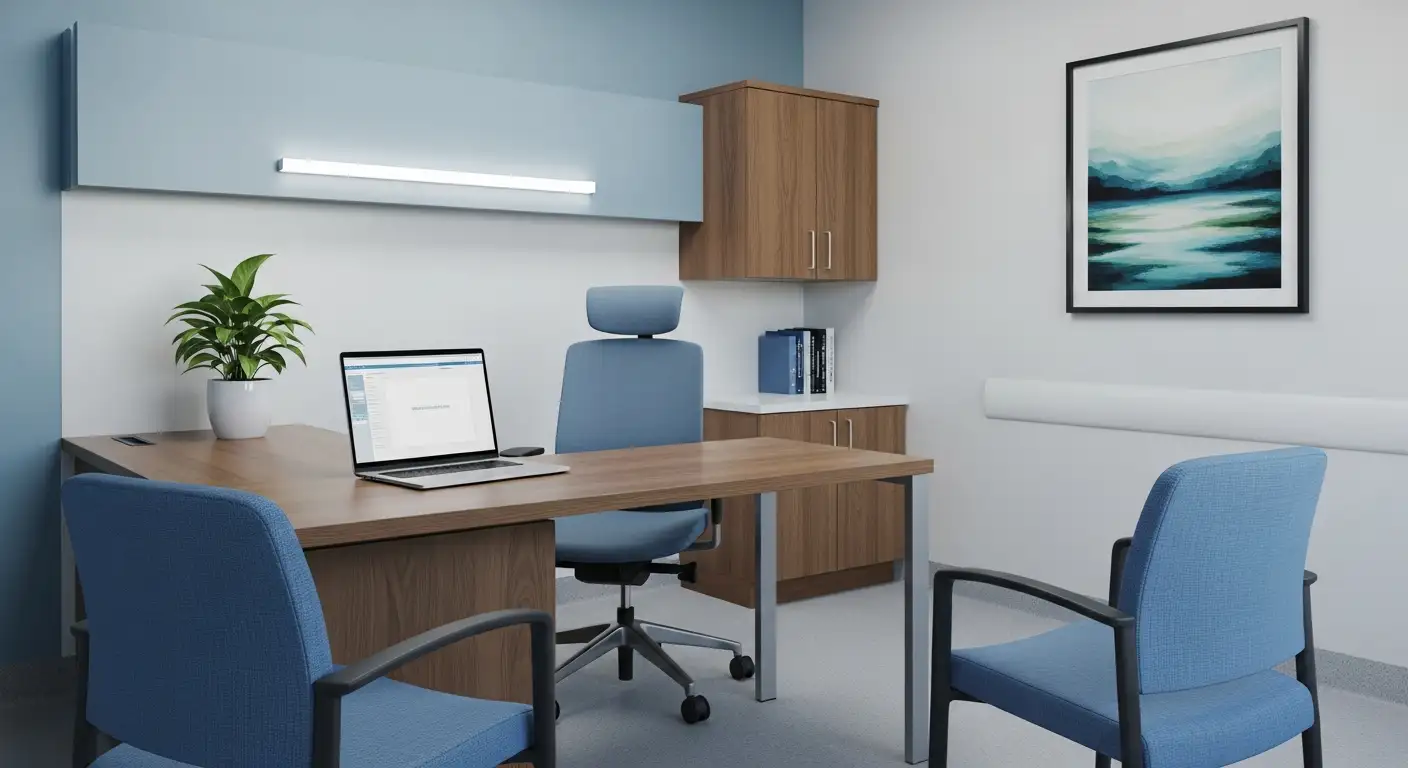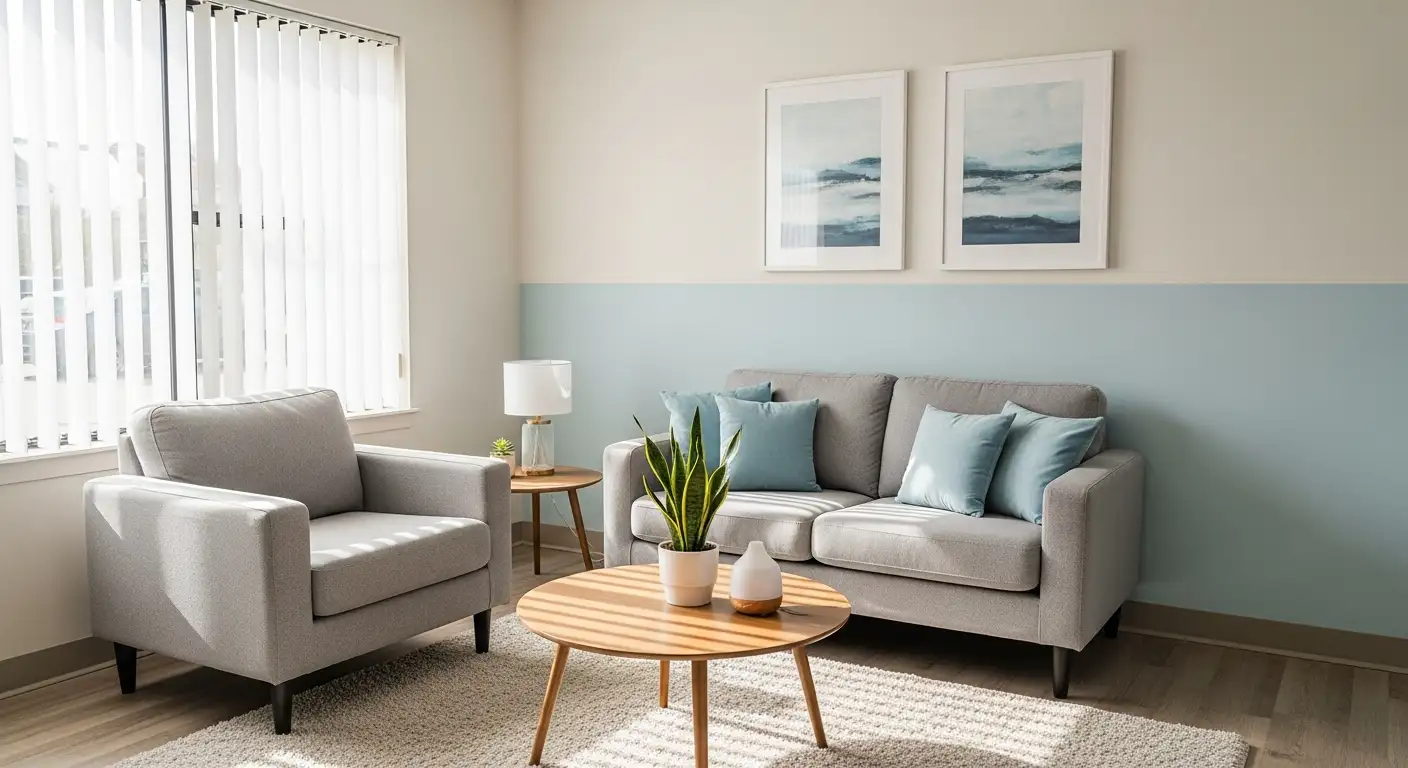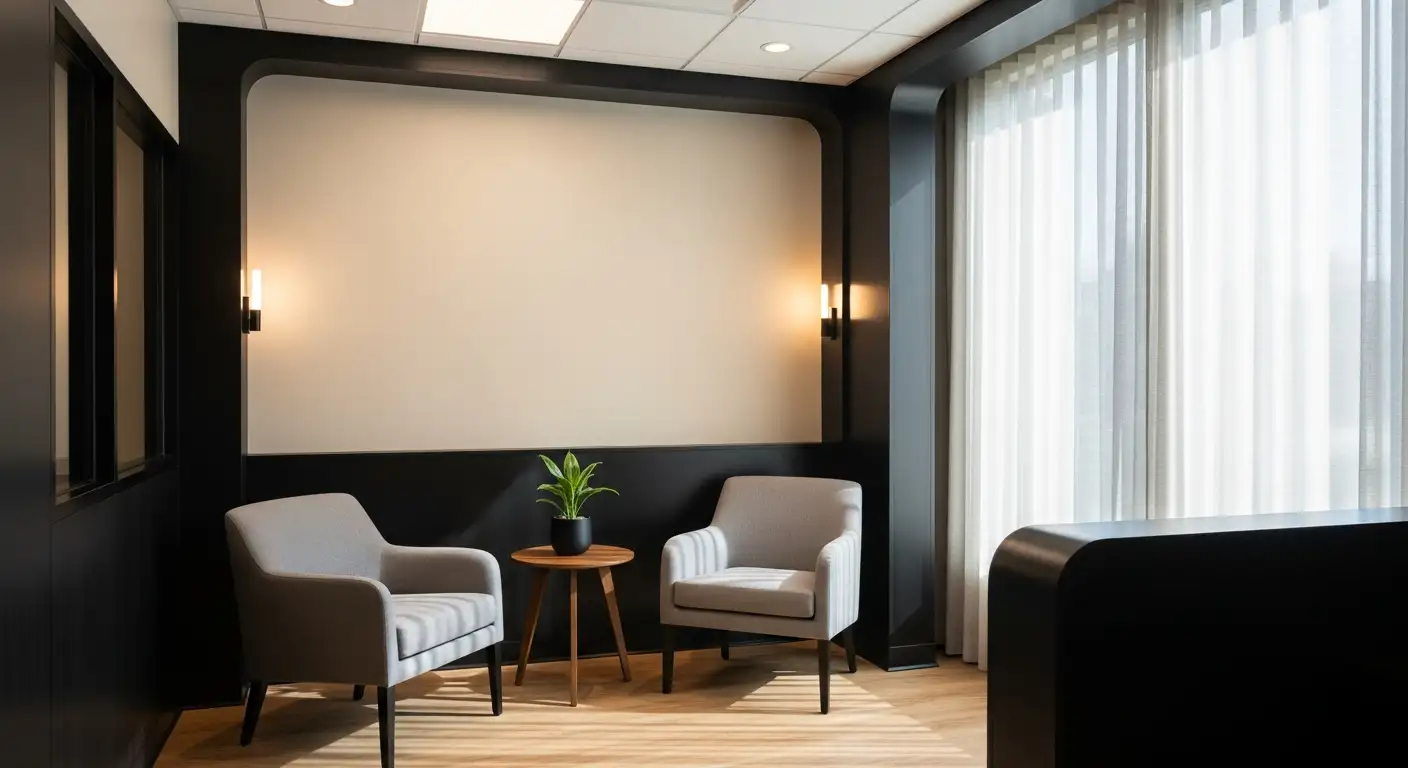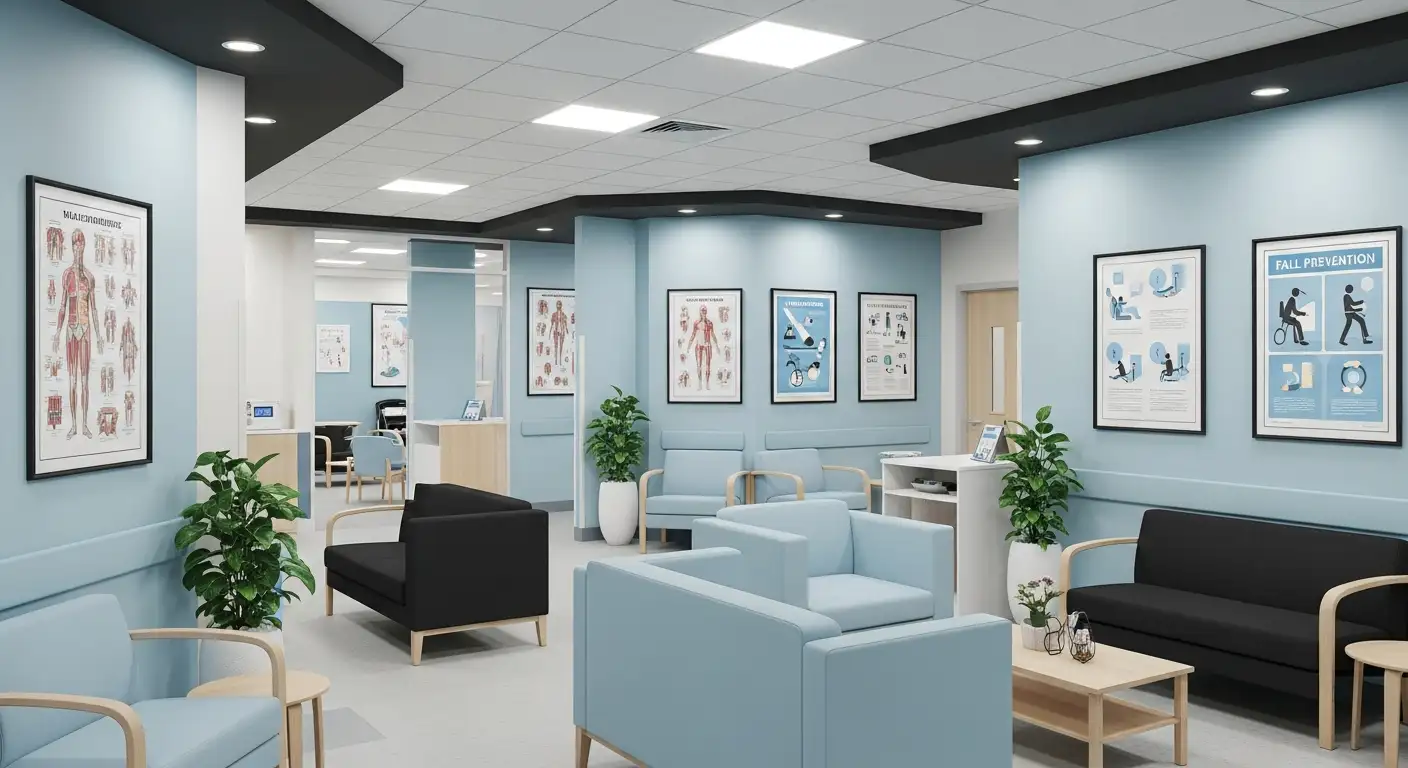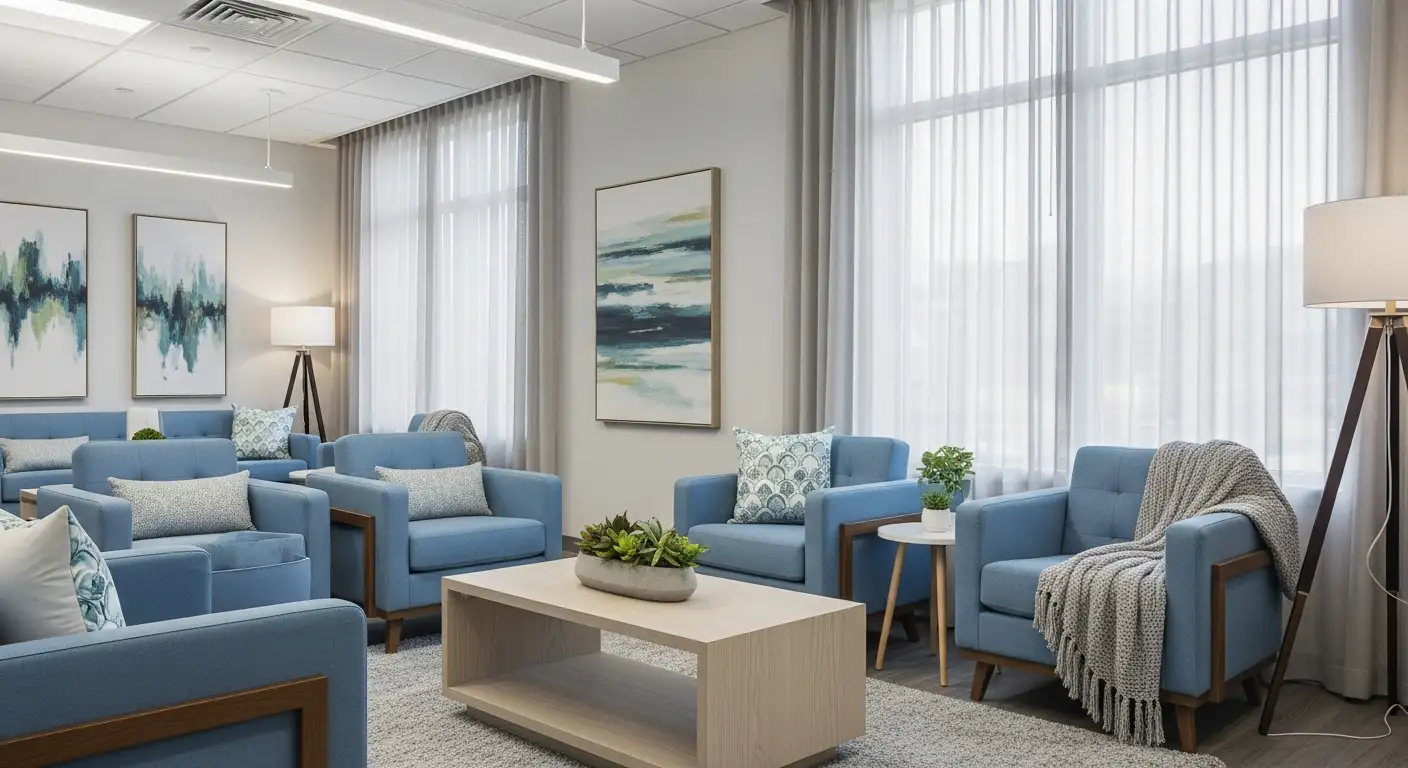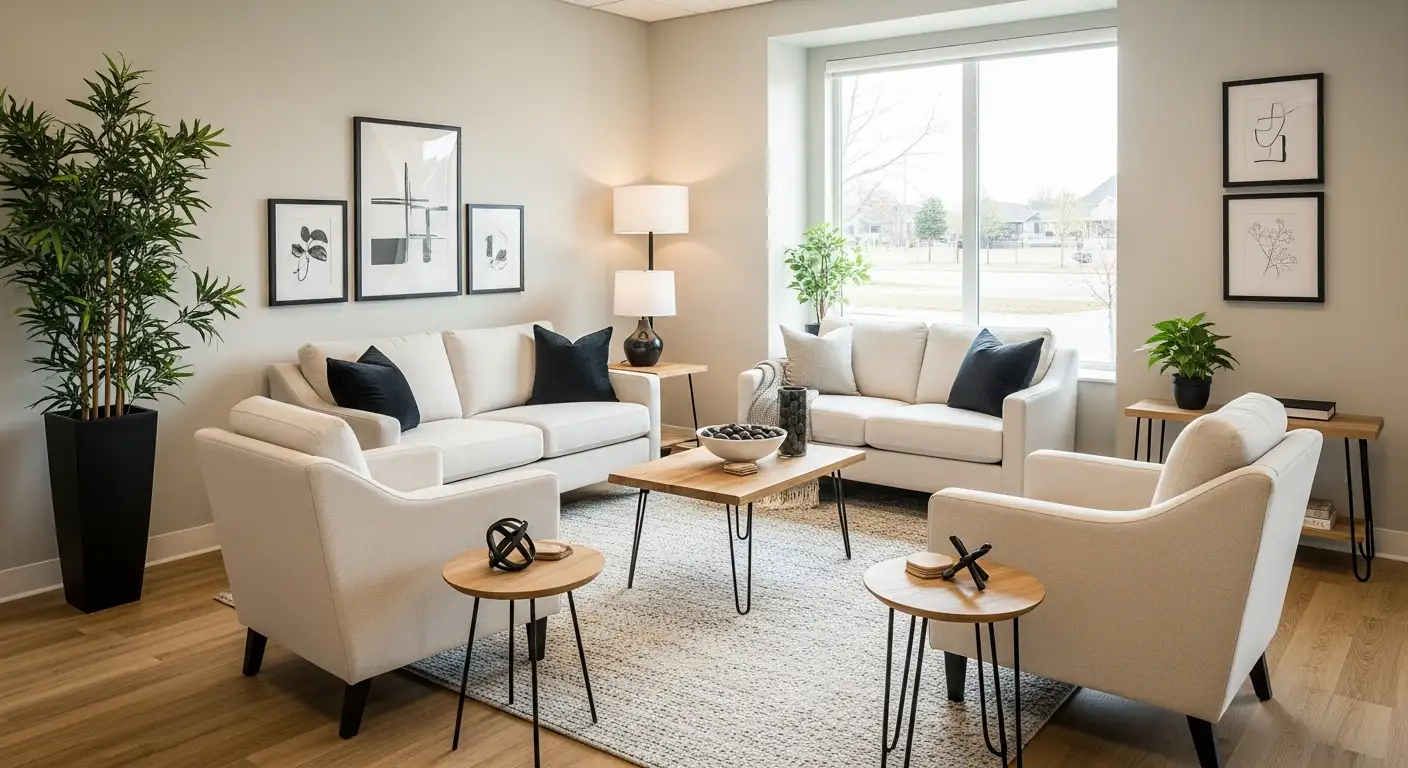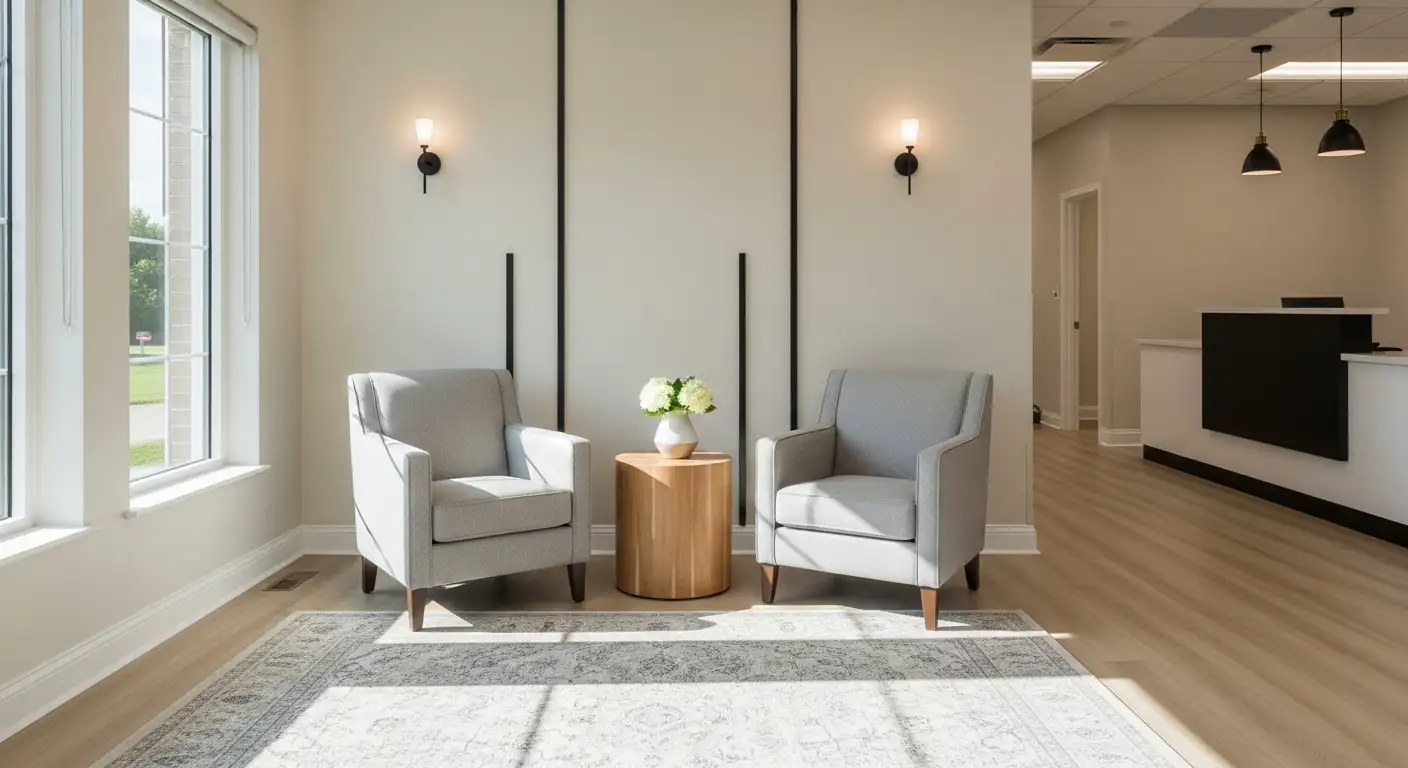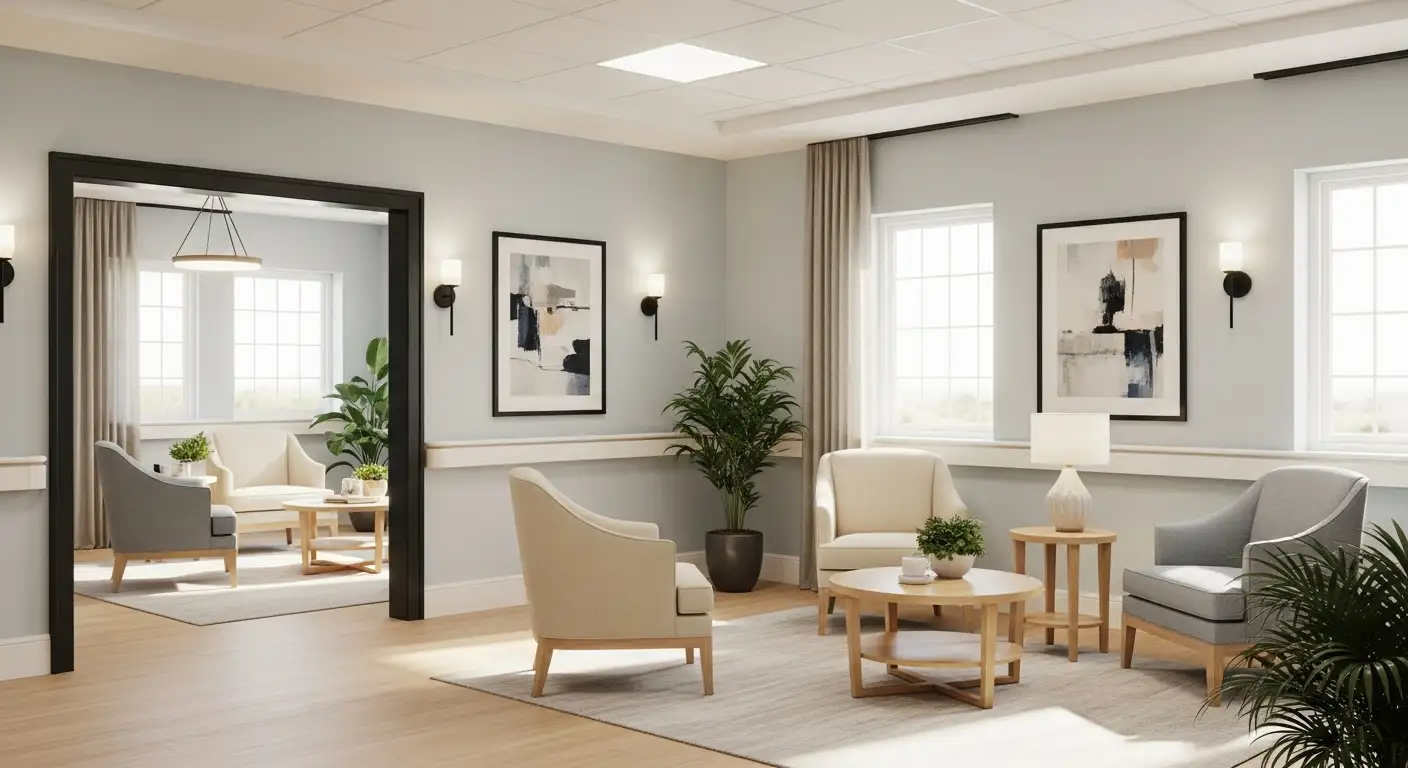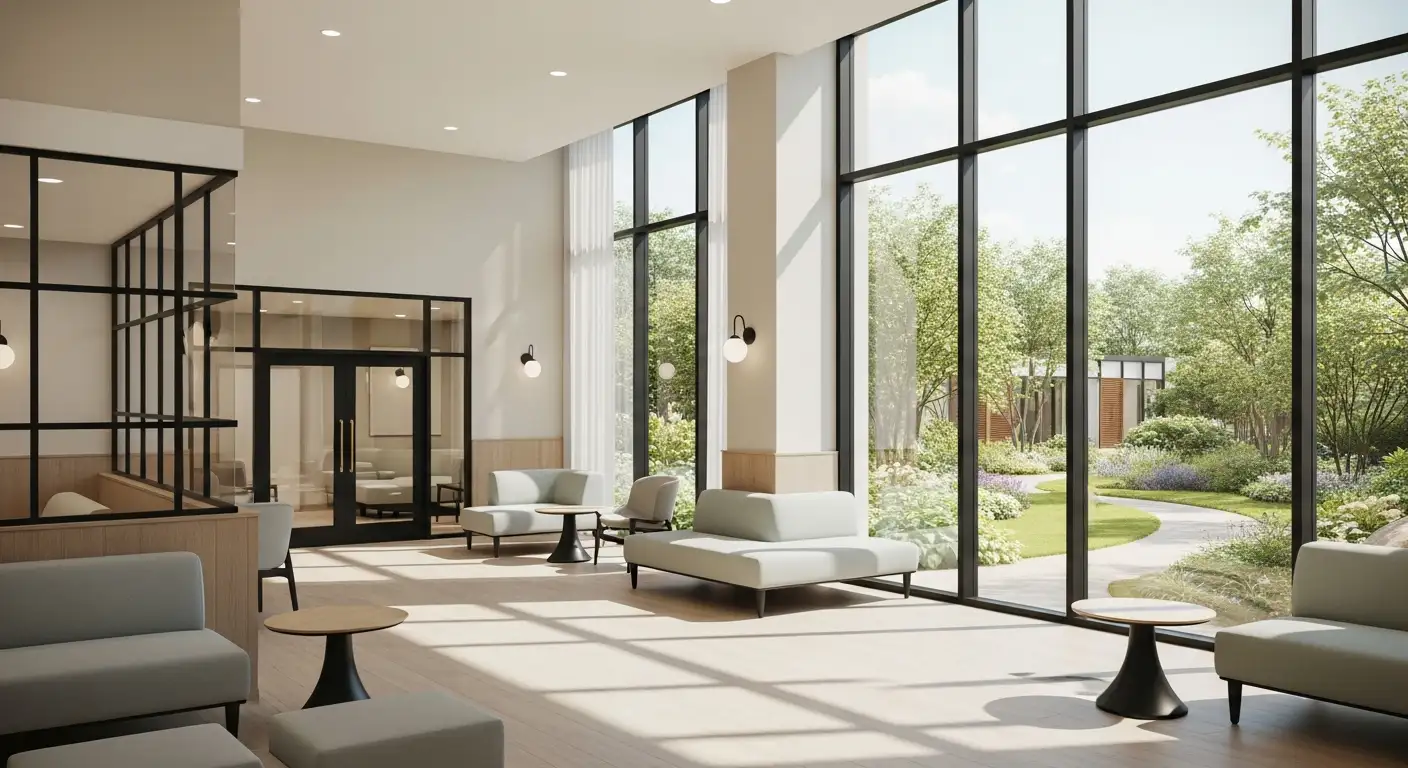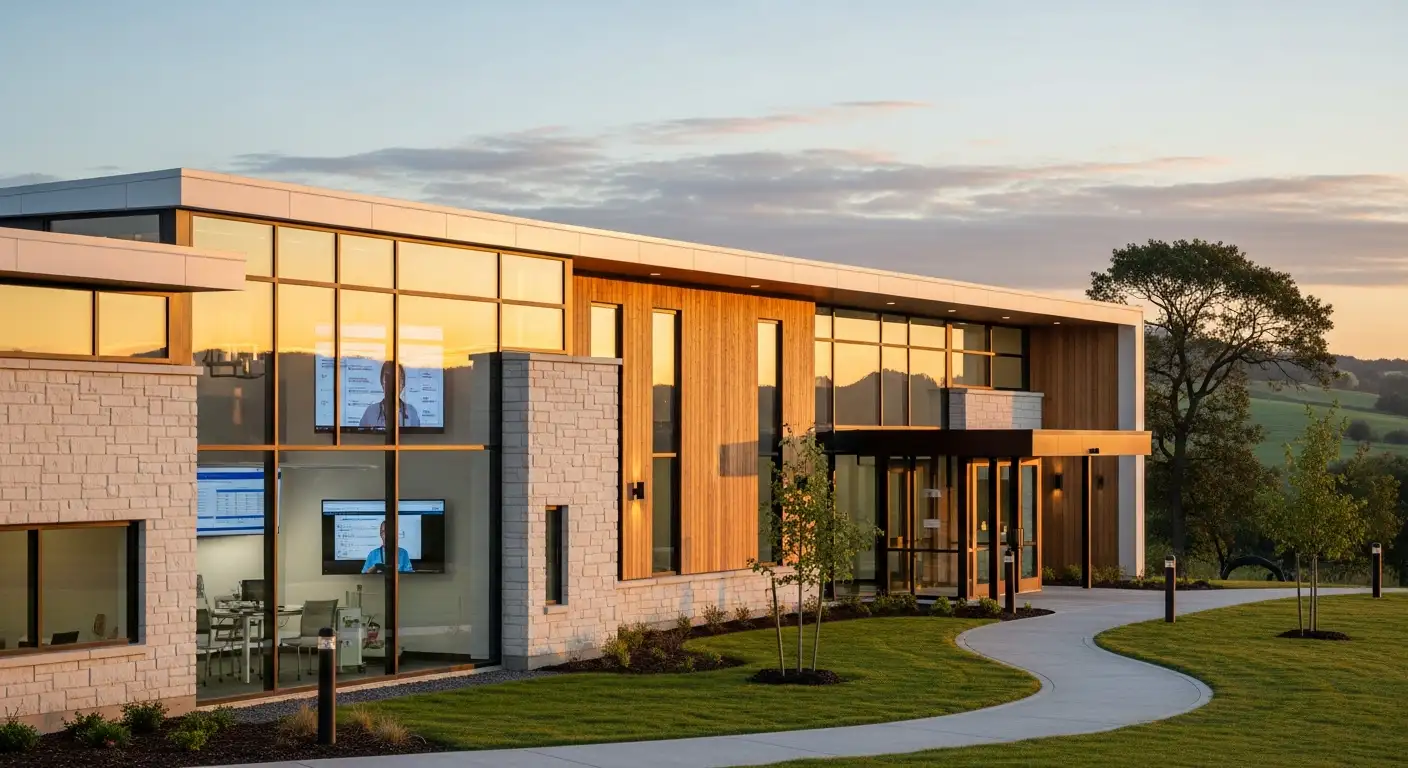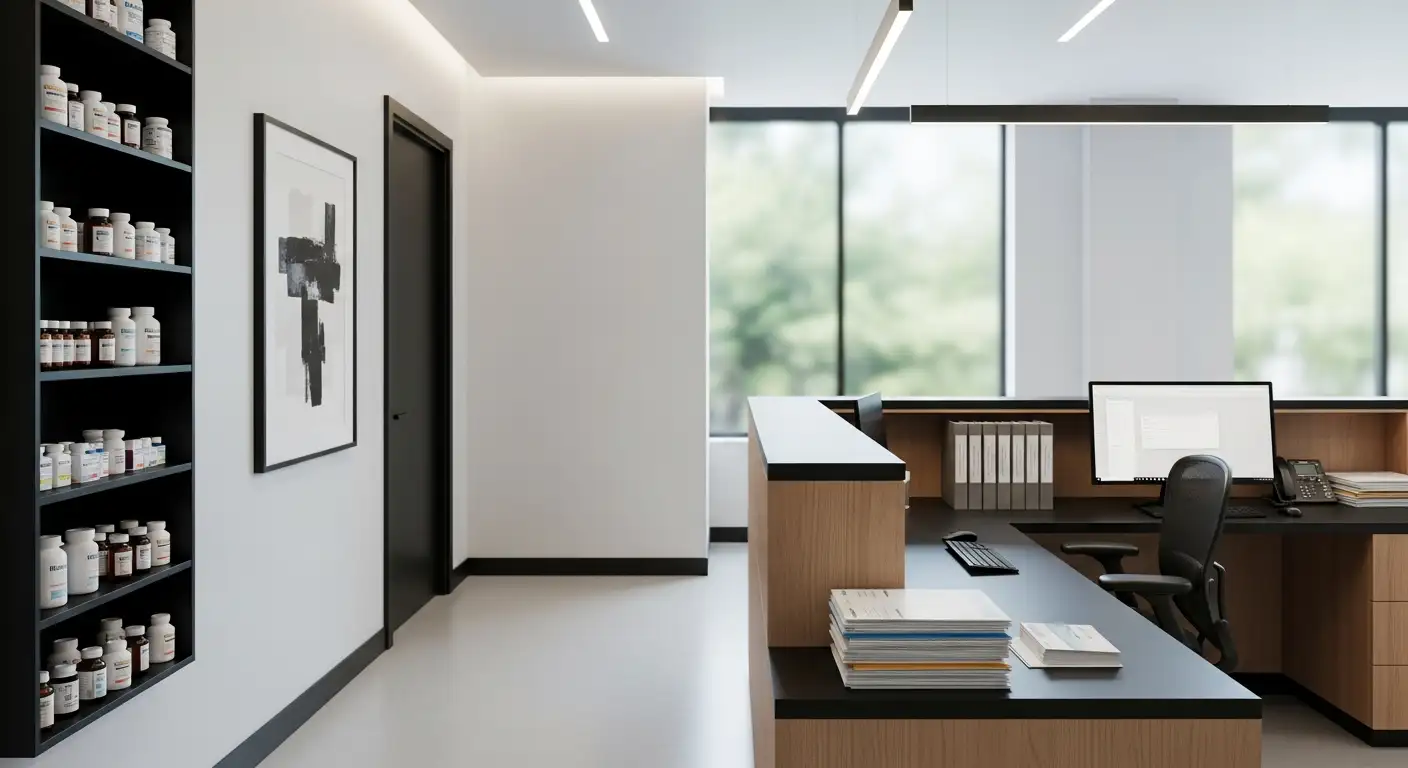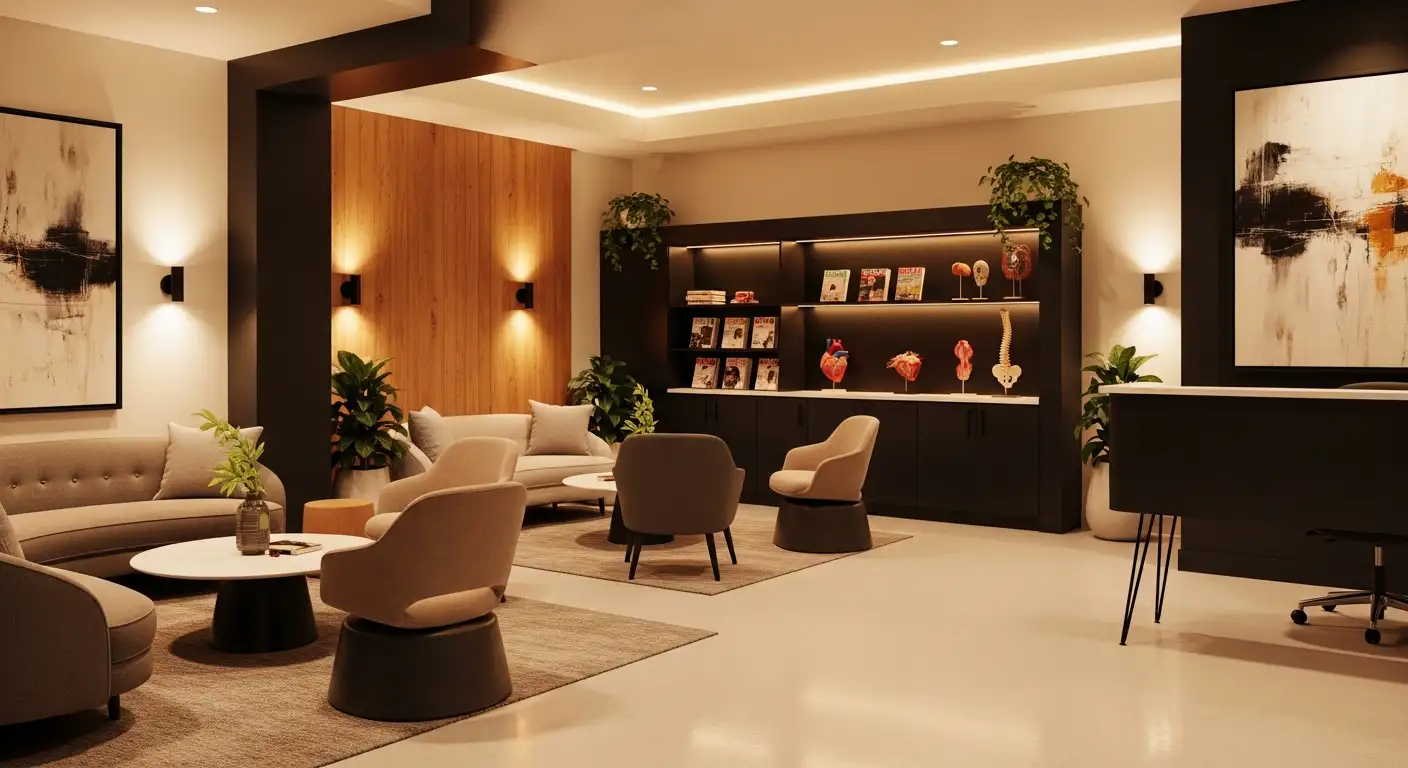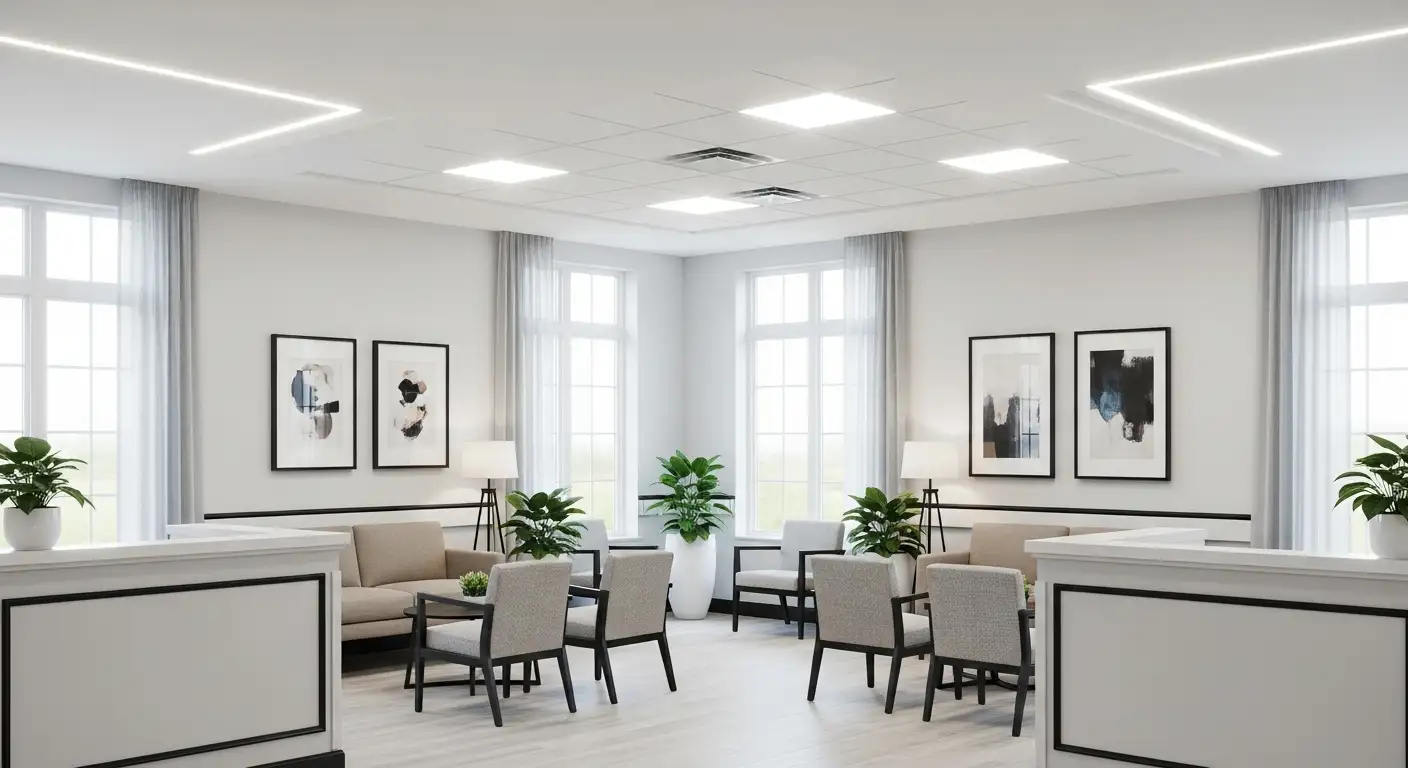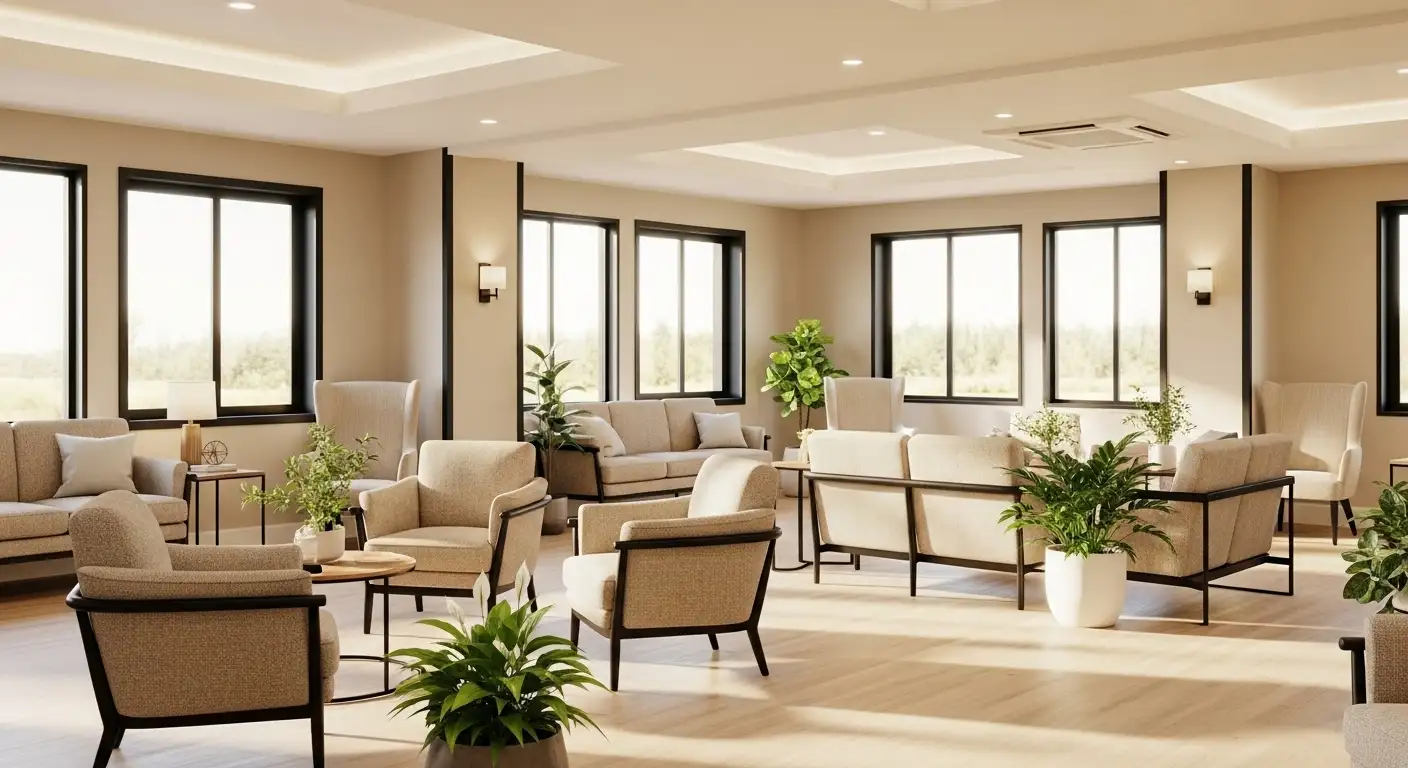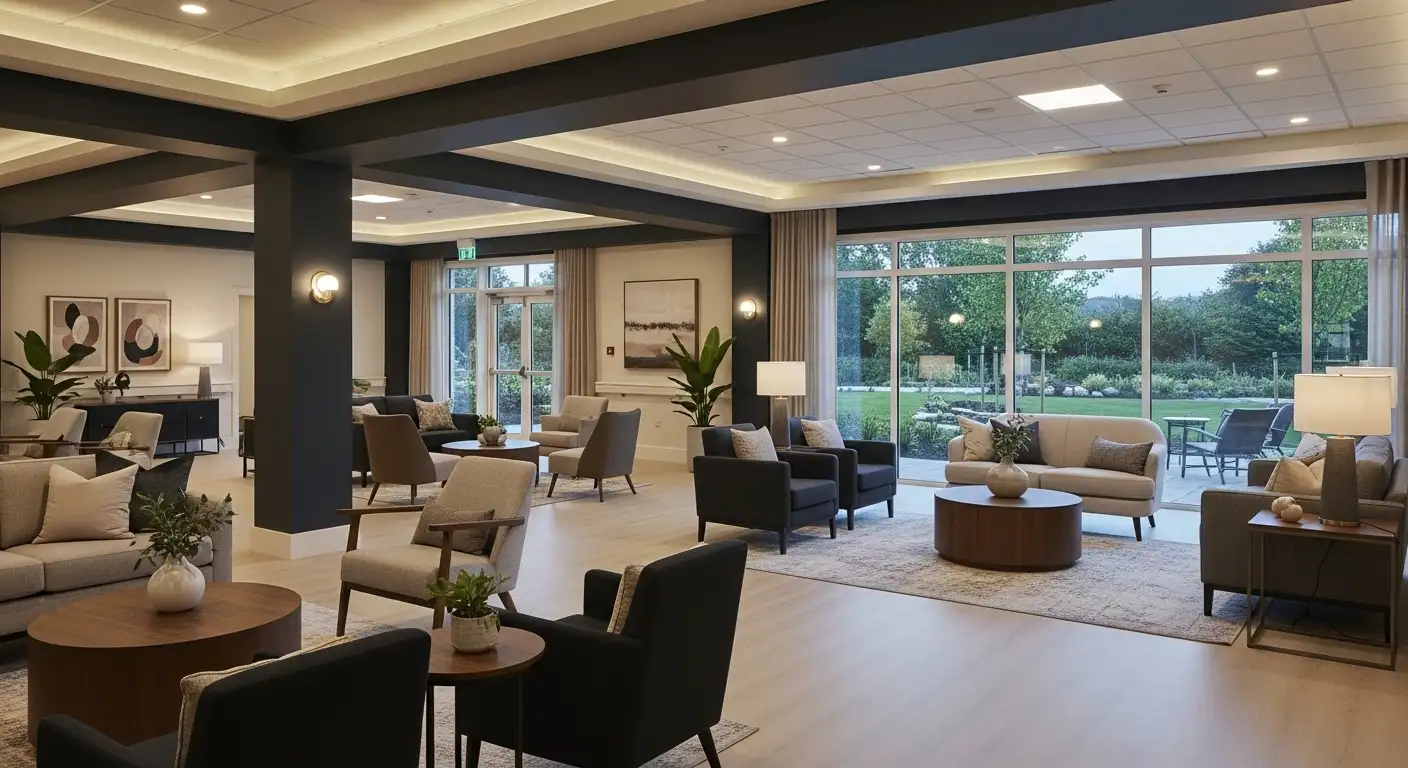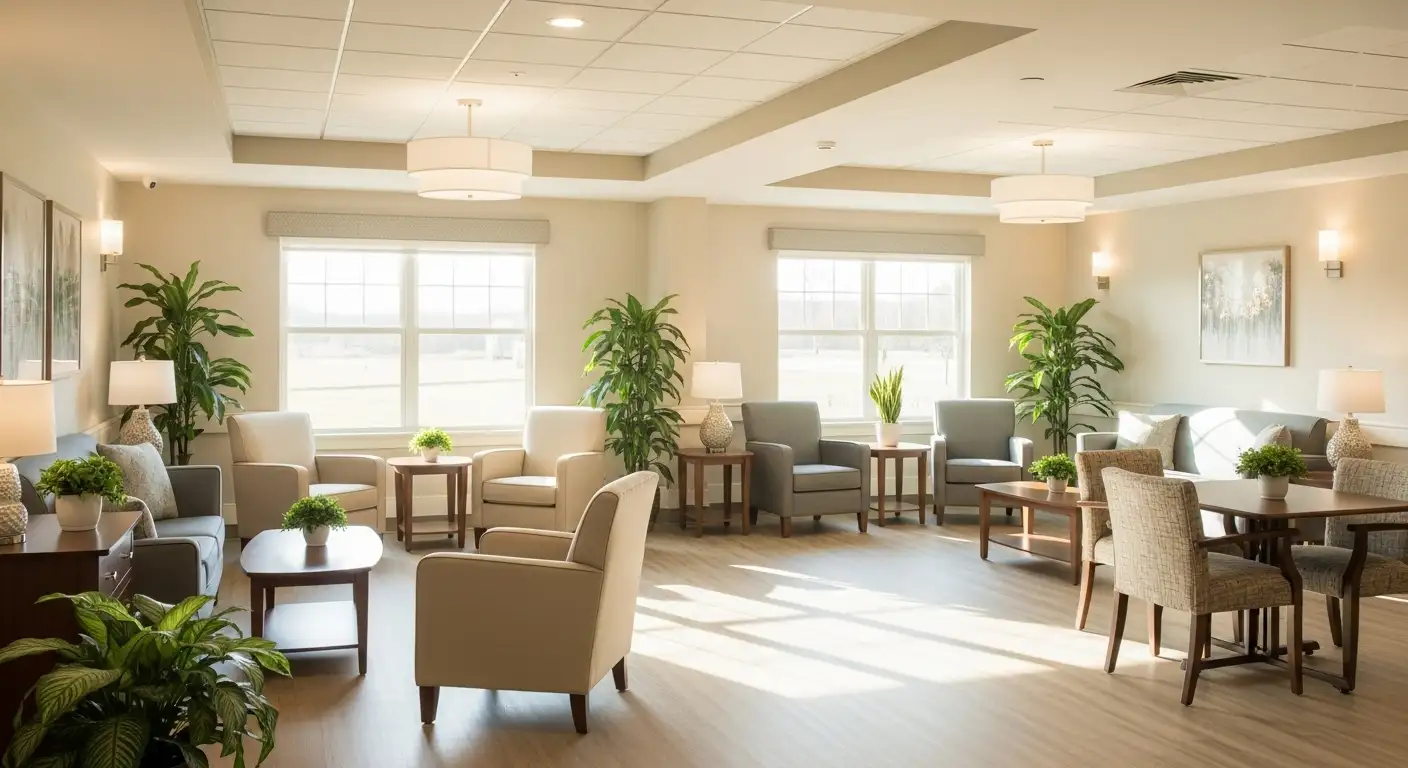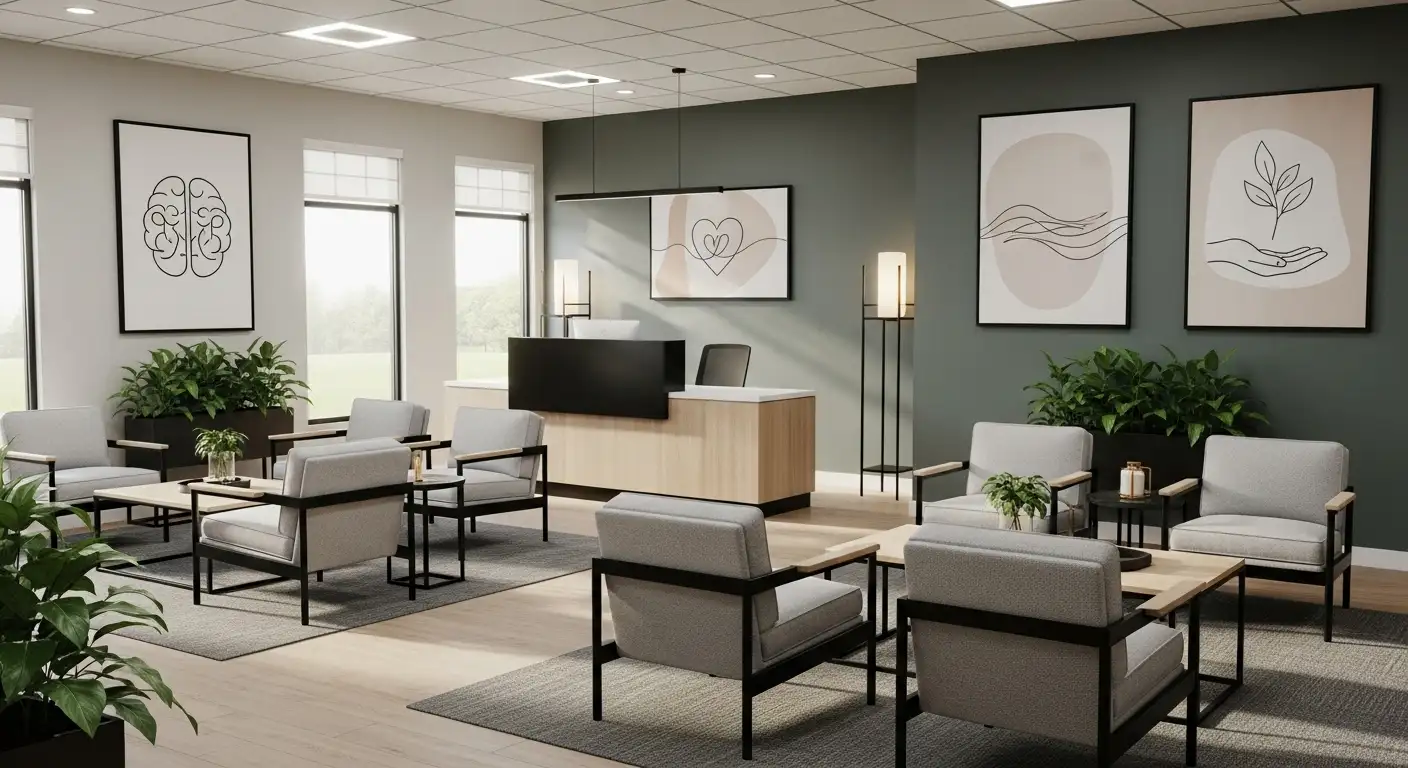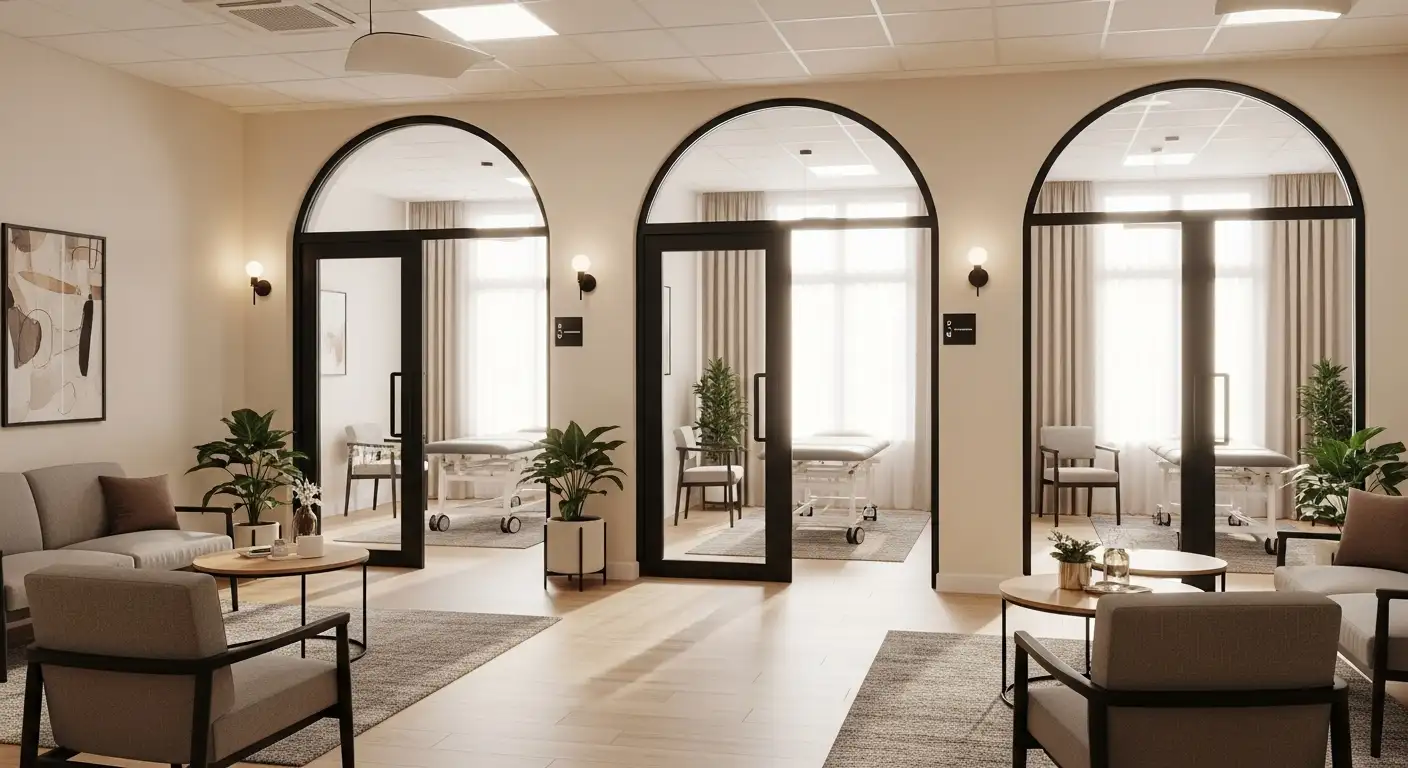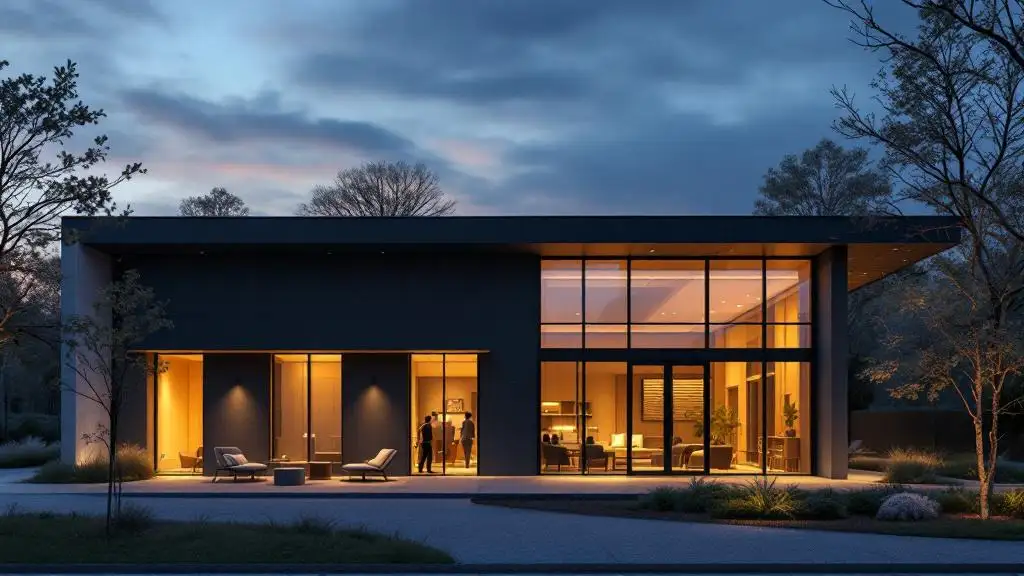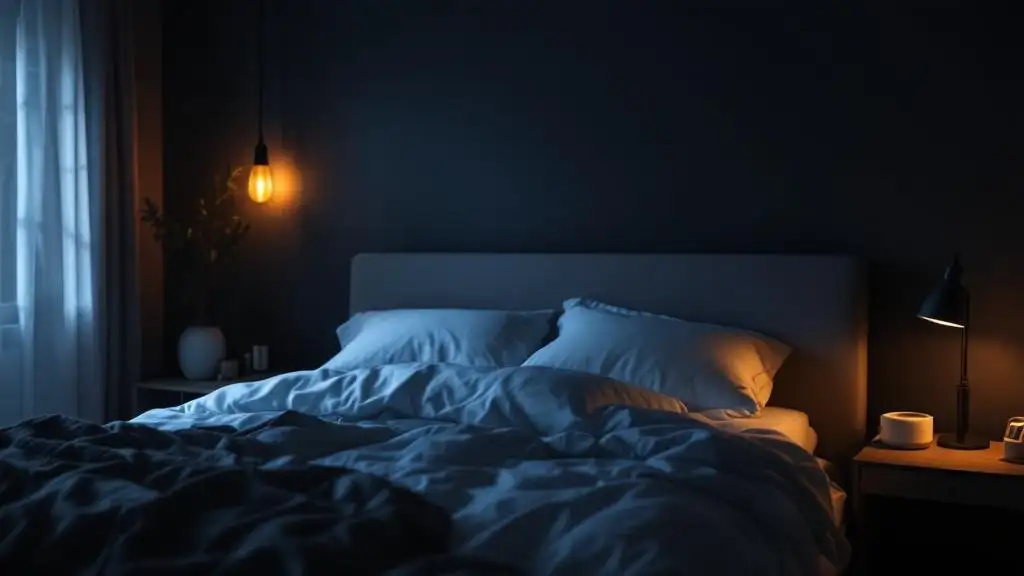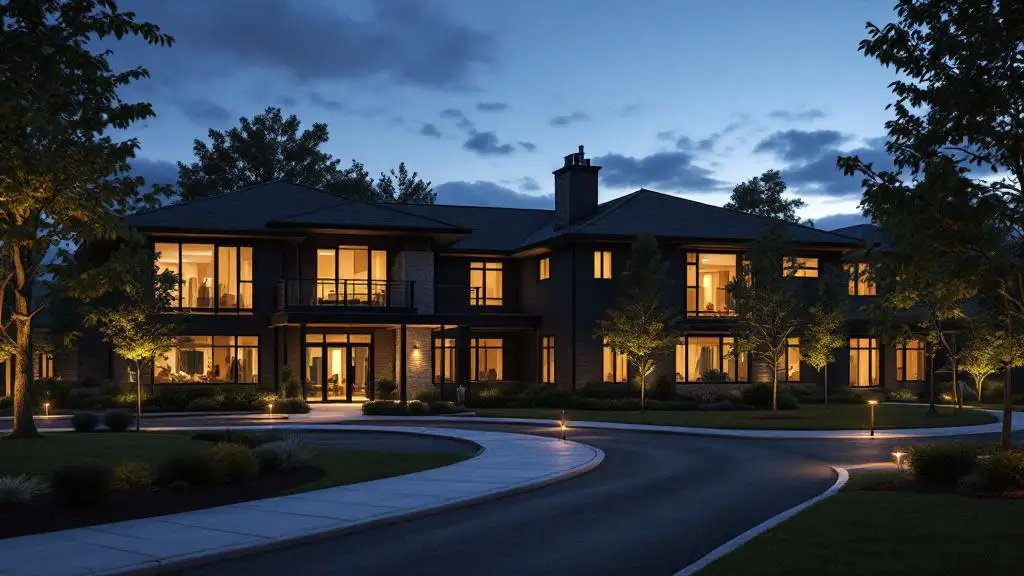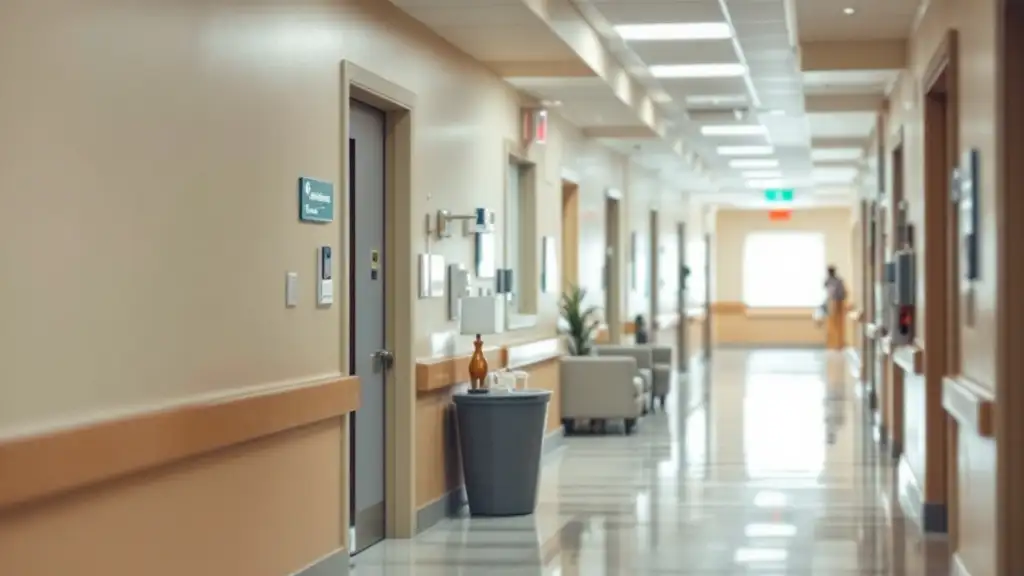Understanding Bipolar Disorder in Elderly Patients
Bipolar disorder (BD) is a complex, chronic mental health condition characterized by mood swings between mania and depression. While often associated with younger populations, BD remains a significant concern among older adults, especially those residing in long-term care facilities. Recognizing its clinical features, diagnosis challenges, and management strategies is essential for improving resident outcomes. This article provides a comprehensive overview of managing bipolar disorder in seniors within long-term care settings, emphasizing effective approaches for staff, residents, and families.
Clinical Features and Diagnosis of Bipolar Disorder in Elderly Patients
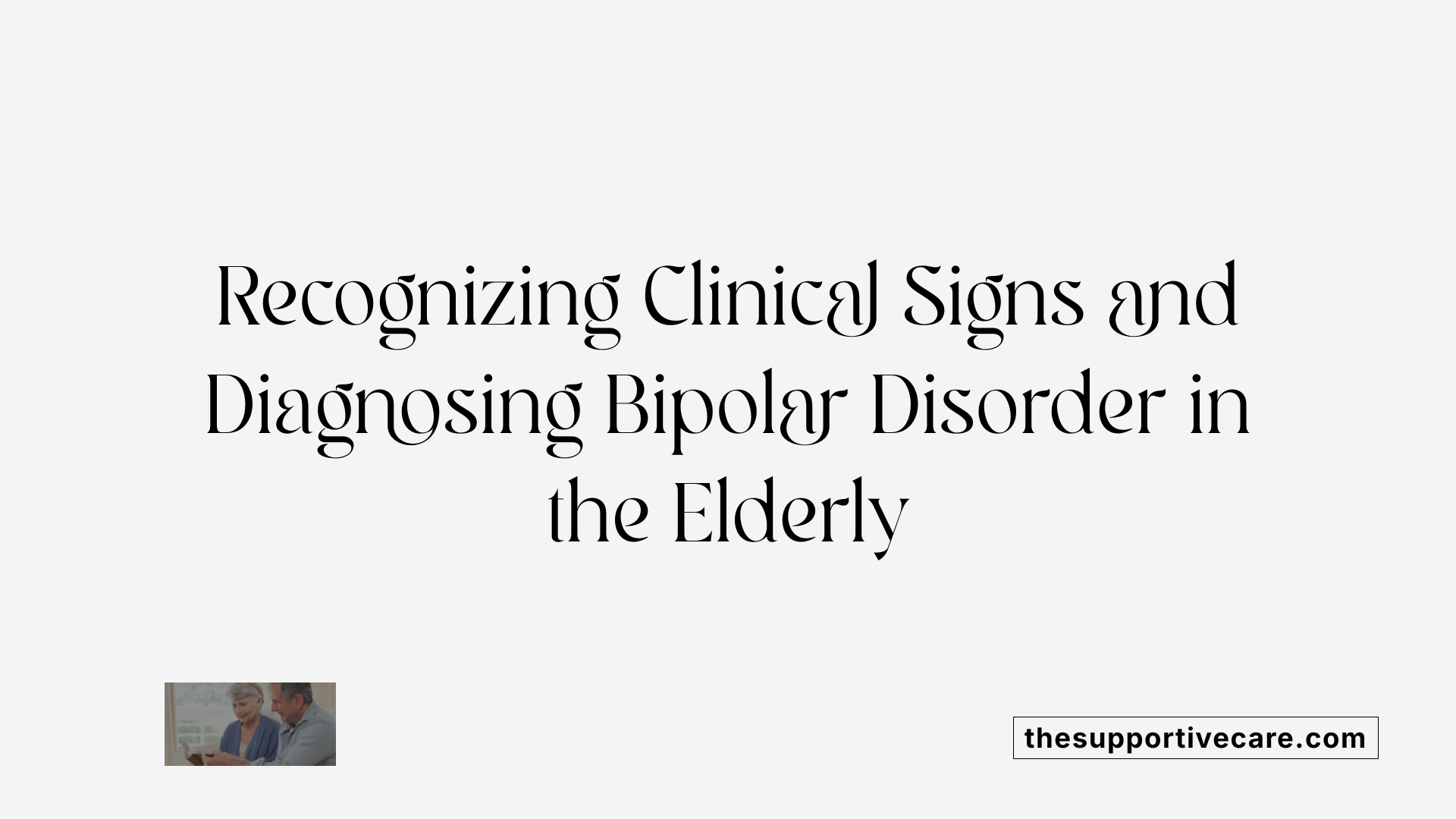
What are the clinical features and diagnosis criteria of bipolar disorder in elderly patients?
Bipolar disorder (BD) in older adults typically presents with a predominance of depressive episodes, which tend to be more severe and recurrent than in younger individuals. Manic symptoms are often milder or less frequent, but when they do occur, they can include euphoria, irritability, increased energy, and decreased need for sleep.
Cognitive impairments, such as memory issues and attention deficits, are common and may progress, sometimes mimicking dementia. Older patients often have multiple physical health conditions, like cardiovascular or neurological diseases, which further complicate the diagnosis and management.
Diagnosis relies on a comprehensive clinical history, focusing on past episodes of mania or hypomania, often through careful interviews and corroboration from family or caregivers. It requires exclusion of other medical or neurological causes that could explain mood symptoms.
Clinicians utilize DSM-5 criteria, supported by screening tools such as the Mood Disorder Questionnaire, to aid diagnosis. Differential diagnosis is essential to distinguish BD from conditions such as unipolar depression, dementia, or delirium.
The course of BD in this age group varies; some individuals experience relatively stable mood states, while others may face increased frequency of episodes and a decline in functional ability. Psychosocial factors, including social support and stress levels, also play roles in recurrence and management.
Treatment Options for Managing Bipolar Disorder in Seniors
What treatment options are available for managing bipolar disorder in seniors?
Managing bipolar disorder in elderly patients requires a careful balance of medication and supportive therapies tailored to their specific health profile. Pharmacological treatment primarily involves mood stabilizers such as lithium, valproic acid, and lamotrigine. Each of these medications needs dose adjustments based on the patient's age, kidney function, and potential interactions with other chronic medications. For example, lithium, while effective for mania and relapse prevention, requires close monitoring of blood levels and renal function to prevent toxicity.
Second-generation antipsychotics, including quetiapine, risperidone, and olanzapine, are often used to treat episodes of mania or depression. They offer additional benefits but come with risks like cerebrovascular events and metabolic issues, necessitating careful evaluation before use.
Non-medication approaches are vital. Psychotherapy, psychoeducation, and social support can help improve medication adherence, reduce symptoms, and enhance quality of life. These psychosocial interventions address issues like sleep hygiene, stress management, and lifestyle adjustments.
In cases where medications are ineffective or the severity of symptoms is high, electroconvulsive therapy (ECT) can be a safe and highly effective treatment option. ECT is particularly recommended for severe depression, psychosis, or patients unable to tolerate medication side effects.
Overall, establishing a treatment plan involves close collaboration with mental health specialists experienced in geriatrics. Regular monitoring ensures side effects are managed promptly, and patient and caregiver education promotes better adherence and early detection of mood episodes.
Summary Table of Treatment Components
| Treatment Type | Specifics | Special Considerations |
|---|---|---|
| Mood Stabilizers | Lithium, Valproic Acid, Lamotrigine | Adjust doses for age, renal function monitoring |
| Antipsychotics | Quetiapine, Risperidone, Olanzapine | Watch for metabolic risks, cerebrovascular events |
| Psychotherapy | Cognitive behavioral therapy, psychoeducation | Focus on medication adherence, stress management |
| Electroconvulsive Therapy | For severe, refractory cases | Safe with proper anesthesia and monitoring |
This comprehensive approach ensures that seniors with bipolar disorder receive personalized, effective care that reduces relapse risk and manages comorbidities.
Supportive Care Approaches and Activities for Seniors with Bipolar Disorder
What supportive care approaches and activities can help seniors with bipolar disorder?
Supporting seniors living with bipolar disorder requires a multifaceted approach that emphasizes stability, understanding, and personalized care. Psychoeducation plays a vital role by informing patients and their families about the nature of the disorder, helping them recognize early symptoms, and manage potential triggers effectively.
Engaging in psychotherapy, such as cognitive-behavioral therapy (CBT) or family-focused therapy, can significantly improve mood regulation and increase adherence to medication and treatment plans. These therapeutic methods also provide a safe space for expressing concerns and learning coping strategies.
Maintaining regular routines for sleep, meals, medication, and daily activities is essential. Structured schedules help reduce mood fluctuations and provide a sense of predictability and security. Developing crisis plans, including recognizing warning signs and establishing steps to take during a mood episode, can prevent escalation and facilitate rapid response.
Medication management must be tailored carefully, considering age-related pharmacokinetic changes and side effect profiles. Mood stabilizers such as lithium, valproate, and atypical antipsychotics are commonly utilized, with close monitoring for adverse effects.
Caregivers and support staff should also focus on emotional support by providing reassurance and understanding. Encouraging social interaction through community activities or support groups fosters connection and reduces feelings of isolation.
Assisting with daily challenges—whether related to medication, transportation, or healthcare appointments—helps maintain stability. At the same time, caregivers should prioritize their own well-being to prevent burnout.
In sum, a comprehensive supportive care plan combines education, therapy, routine maintenance, and community involvement, all aimed at improving quality of life and managing bipolar disorder effectively in elderly individuals.
Challenges in Managing Bipolar Disorder in Long-Term Care Settings
What are the challenges and considerations in managing bipolar disorder in long-term care facilities or assisted living?
Managing bipolar disorder (BD) within long-term care and assisted living environments presents several unique challenges. The complexities around medication management stand out, as they require careful selection, dosing, and regular monitoring of mood stabilizers, such as lithium, valproate, and lamotrigine, alongside atypical antipsychotics. These medications must be tailored to each individual's health status, considering age-related pharmacokinetic changes, comorbidities, and potential drug interactions.
Staff training is vital to equip caregivers and healthcare providers with the skills to recognize early signs of mood episodes, behavioral changes, or agitation. Since BD symptoms can fluctuate, staff need to differentiate between psychiatric symptoms and other medical conditions, such as dementia or delirium.
Structured daily routines and schedules play an important role in maintaining stability. Establishing consistent wake-up times, meals, medication administration, activities, and sleep patterns can help reduce mood swings and anxiety. Psychosocial support, including psychoeducation and therapies tailored for seniors, support adherence to treatment and help manage stress.
Additionally, addressing medical comorbidities — common in elderly BD patients, such as cardiovascular and metabolic disorders — is necessary to improve overall outcomes. Regular assessments, including laboratory tests and neuroimaging when needed, support early detection of complications.
Overall, successful management hinges on a multidisciplinary team approach, involving psychiatrists, geriatricians, nurses, social workers, and family members. The goal is to provide a supportive environment that promotes dignity, stability, and quality of life, while minimizing relapse risks and side effects of treatment.
Staff Training and Resident Support Resources
 Supporting residents with bipolar disorder (BD) in skilled nursing facilities requires dedicated staff training and effective care strategies. Evidence-based programs are essential tools to enhance staff knowledge and improve resident well-being.
Supporting residents with bipolar disorder (BD) in skilled nursing facilities requires dedicated staff training and effective care strategies. Evidence-based programs are essential tools to enhance staff knowledge and improve resident well-being.
One credible resource is the Center of Excellence for Behavioral Health in Nursing Facilities. This program offers comprehensive training, technical assistance, and on-demand educational materials focused on various mental health conditions, including bipolar disorder. It provides online modules that cover recognizing symptoms, crisis response, and person-centered care approaches.
Specific training sessions, such as "An Overview of Bipolar Disorders for Nursing Facility Staff," scheduled for March 26, 2024, aim to familiarize staff with identifying mood episodes, managing medication, and providing emotional support. Another valuable resource is CARES® Serious Mental Illness™, which offers detailed modules on recovery-oriented care strategies, medication management, and case studies to promote practical understanding.
Best practices for supporting residents with BD involve adopting trauma-informed care principles, reducing stigma, and fostering cultural competence. Staff education also emphasizes the importance of self-care and stress management techniques for caregivers.
Additionally, training programs often incorporate evaluations that demonstrate increased staff knowledge and confidence in managing bipolar symptoms. This knowledge translation ultimately enhances the quality of support residents receive, reduces crises, and promotes a higher quality of life.
To access further information, searching for "Staff education programs for bipolar disorder in senior care" can provide local and national training opportunities.
Prevalence and Impact of Bipolar Disorder in Older Adults in Care Settings
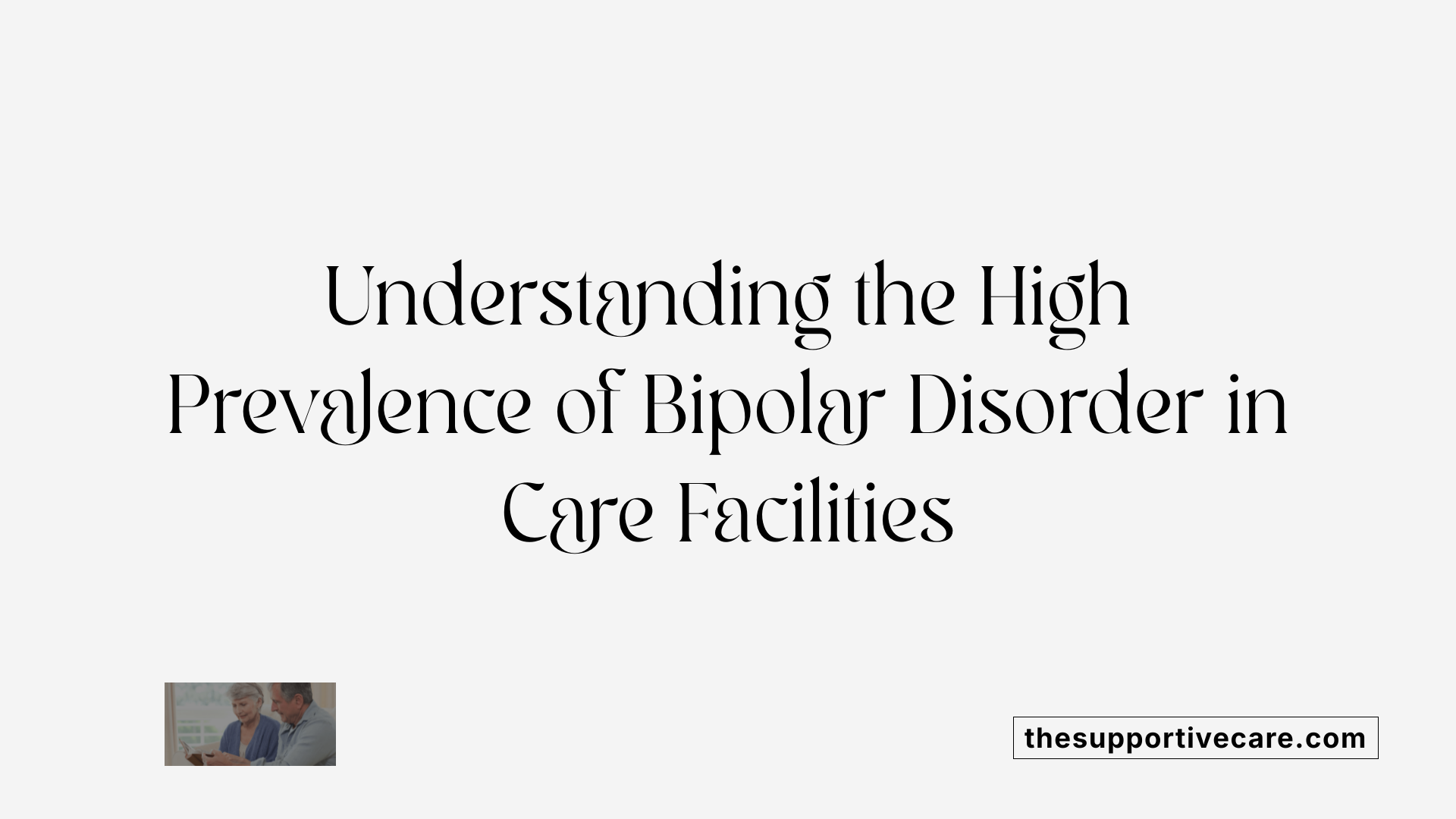
How prevalent is bipolar disorder among older adults in care settings?
Bipolar disorder (BD) affects an estimated 0.5% to 1% of older adults in the general community. However, within care environments such as skilled nursing facilities (SNFs) and psychiatric settings, the prevalence can be significantly higher. Research indicates that up to 10% of residents in SNFs may suffer from BD, highlighting the disorder's substantial impact within these populations.
Specialized care settings often observe a larger proportion of late-onset cases, with some studies noting that approximately 5% to 10% of older adults with mood disorders have late-onset bipolar disorder. These individuals tend to experience more depressive episodes as they age, and their condition can be complicated by coexisting medical illnesses.
In psychiatric emergency departments, the prevalence of bipolar disorder among older adults can reach as high as 17%. Overall, bipolar disorder in the elderly represents about 19% of affective disorder cases, underscoring its importance in mental health management for this age group.
Moreover, late-onset bipolar disorder typically accounts for a significant subset, with a lower overall point prevalence but higher morbidity due to associated medical and neurological comorbidities. Elderly individuals with BD are more prone to extensive physical health issues, which can influence treatment options and outcomes.
In summary, while the overall prevalence of BD in older adults is relatively low compared to younger populations, its presence in care environments is notable. The disorder's association with increased health risks and complex clinical presentations makes it a priority for healthcare teams in these settings.
Inpatient Treatment Duration and Its Variability
How long is inpatient treatment typically for bipolar disorder?
The length of inpatient treatment for bipolar disorder varies widely based on individual circumstances and how quickly a person responds to treatment. Usually, stays last from a few days up to several weeks.
On average, many patients stay around 30 days in a hospital setting. Shorter stays of 5 to 10 days are common when the goal is to stabilize mood symptoms quickly, especially if the episode is mild or straightforward.
For individuals with more complex presentations, such as those with additional medical issues, treatment-resistant symptoms, or severe episodes, inpatient stays can extend up to 60-90 days.
Factors like the severity of mania or depression, safety concerns, social support, and progress in therapy influence how long a patient remains hospitalized. The primary aim is to ensure stabilization of mood, medication adjustment, and preparation for ongoing outpatient care.
Accommodations and Support Strategies for Residents with Bipolar Disorder
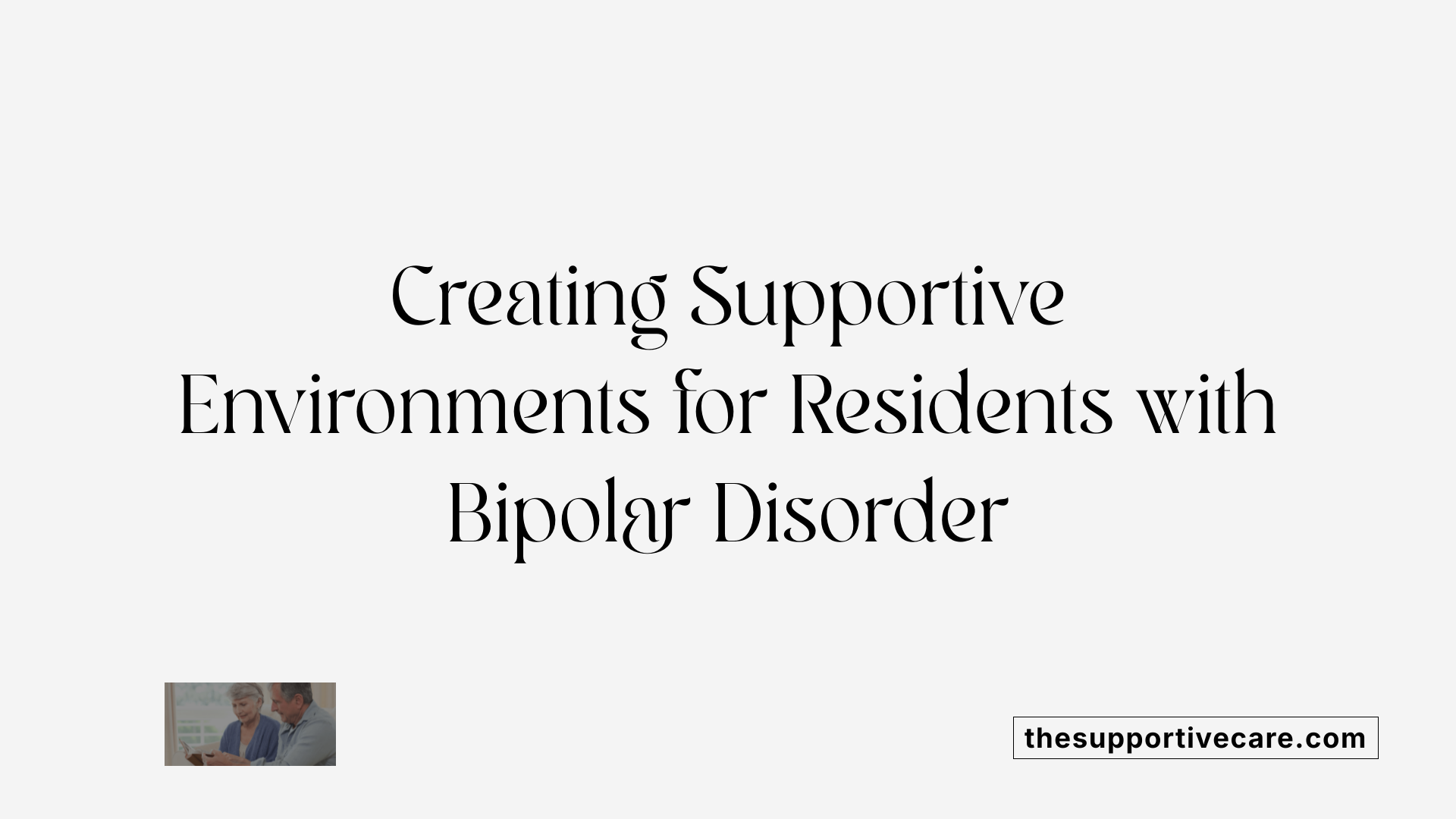
What accommodations are recommended for individuals with bipolar disorder?
Residents with bipolar disorder (BD) can greatly benefit from tailored support within nursing facilities and other care settings. Implementing reasonable accommodations can help stabilize their mood, improve their quality of life, and promote effective management of their condition.
One important step is providing flexible routines. This includes adaptable schedules for waking, eating, medication administration, and sleeping to help regulate mood fluctuations. Maintaining consistency in daily activities can reduce stress and minimize episodes triggered by unpredictability.
Environmental modifications are also valuable. Creating a calm and quiet environment with minimal noise, natural lighting, and spaces designated for relaxation can alleviate overstimulation. Privacy areas or quiet rooms support residents during mood episodes when they need solitude or reduced sensory input.
Support strategies encompass structured activities, such as scheduled therapy sessions, social interactions, and physical exercises. Employing visual aids like checklists and reminder timers helps residents manage medications and daily tasks reliably.
In addition, staff training is essential. Caregivers trained in recognizing early signs of mood destabilization and employing positive reinforcement techniques can prevent escalation of symptoms. Regular communication with healthcare professionals, including psychiatrists and nurses, ensures timely adjustments to treatment plans.
Overall, these accommodations foster a supportive environment that respects the dignity of residents with BD, encourages adherence to treatment, and helps maintain stability over time.
| Accommodation Type | Description | Purpose |
|---|---|---|
| Flexible routines | Adjusting schedules for daily activities | Reduce stress, promote stability |
| Environmental modifications | Noise reduction, natural lighting, quiet spaces | Decrease overstimulation |
| Structured activities | Regular therapy, social support, exercise | Support mental and emotional health |
| Medication management aids | Reminder alarms, checklists | Improve adherence |
| Staff training | Education on BD symptoms and responses | Early detection and supportive care |
By implementing these support strategies, care teams can create personalized care plans that respect individual needs, reduce mood episode severity, and improve overall well-being of residents with bipolar disorder.
Impact on Life Expectancy and Mortality Considerations in Seniors with BD
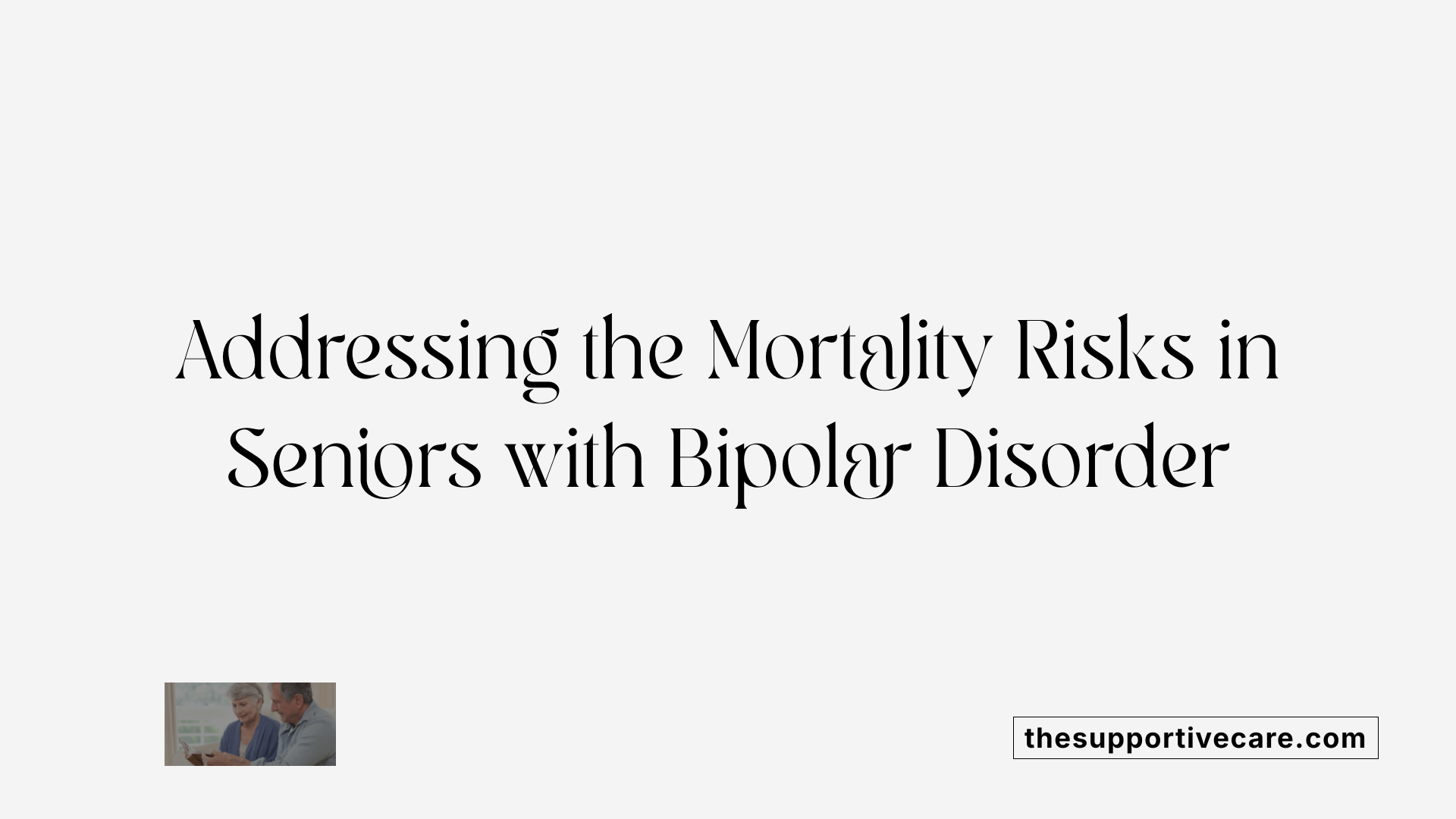
What are the typical life expectancy and mortality considerations for individuals with bipolar disorder?
Research shows that people with bipolar disorder (BD) tend to live about 12 to 13 years less than the general population. On average, their life expectancy is around 67 years. This reduction is primarily due to higher rates of death from physical health conditions, especially cardiovascular, respiratory, and circulatory diseases. These illnesses can lead to death 17 or more years earlier than expected.
A significant factor in the mortality risk for seniors with BD is suicide. Individuals with this disorder face a 30 to 60 times higher risk of attempting suicide compared to those without BD. Consequently, up to 20% of deaths in this group are due to suicide. Beyond mental health, external causes such as accidents and violence also contribute to premature mortality.
Multiple factors influence these outcomes, including biological vulnerabilities, unhealthy lifestyle choices, and the presence of other medical conditions. Addressing these issues through early intervention, comprehensive healthcare, and preventive strategies is vital.
Effective management should include regular monitoring of physical health, mental health treatment, and suicide prevention efforts. Promoting healthy lifestyles, managing comorbid conditions, and providing psychosocial support can help improve life expectancy and the quality of life for seniors with bipolar disorder.
| Aspect | Description | Additional Details |
|---|---|---|
| Reduced lifespan | About 12-13 years less | Average life expectancy around 67 years |
| Main causes of mortality | Cardiovascular, respiratory, circulatory diseases | Lead to death 17+ years earlier |
| Suicide risk | 30 to 60 times higher | Up to 20% of deaths in this group |
| Other mortality factors | Accidents, violence | Impact overall health outcomes |
| Management focus | Early healthcare, mental health support | Lifestyle modification, preventive care |
Understanding and addressing these mortality considerations is essential in improving health outcomes for elderly individuals with bipolar disorder.
Moving Forward: Comprehensive and Compassionate Care
Effective management of bipolar disorder in long-term senior care settings requires an integrated approach that combines clinical expertise, tailored treatment plans, staff education, supportive environments, and family involvement. Recognizing the unique presentation and challenges in elderly populations, care providers must stay informed of best practices and emerging research. Investing in staff training, implementing structured routines, and fostering open communication can significantly improve quality of life for residents. Prioritizing physical health, mental health, and social support, along with vigilant monitoring and early intervention, will help ensure that seniors with bipolar disorder experience stability, dignity, and well-being in their later years.
References
- Bipolar Disorder in Long-Term Care - HMP Global Learning Network
- Bipolar Disorder and Assisted Living - Heritage Lane
- Treatment of bipolar disorders in older adults: a review - PMC
- Caregiver Tips for Managing Bipolar Disorder in Seniors
- Evaluation and treatment of older-age bipolar disorder
- How Long Is Inpatient Treatment for Mental Health: Understanding ...
- Factors impacting length of stay in Bipolar Disorder at a tertiary ...
- Bipolar Disorder and Assisted Living - Heritage Lane
- Clinical Practice Guidelines for Management of Bipolar Disorder
